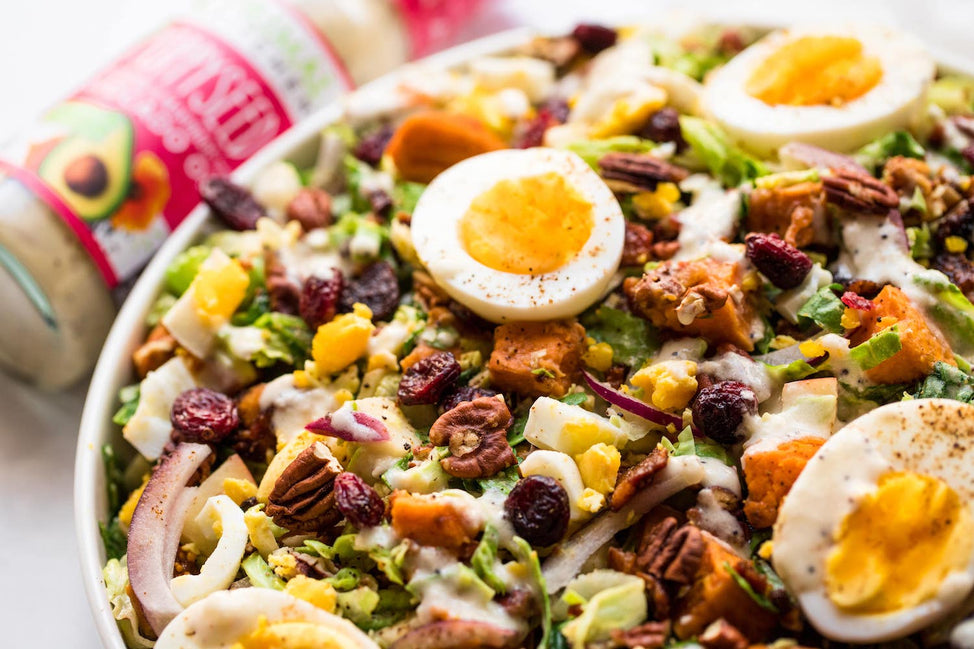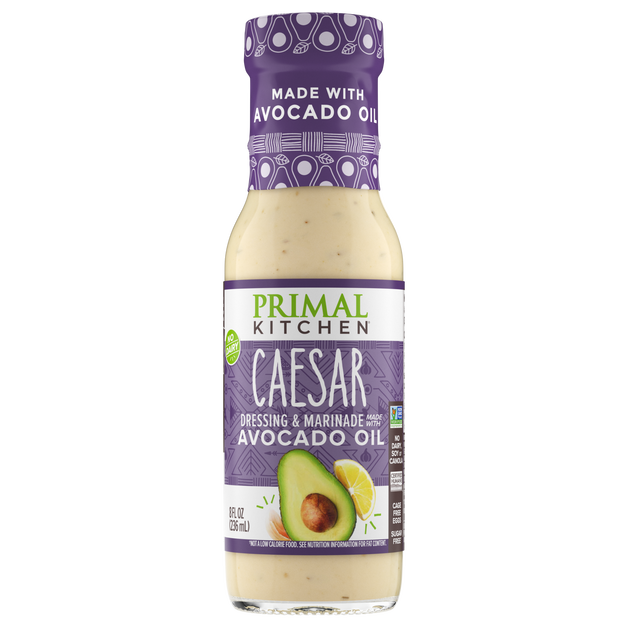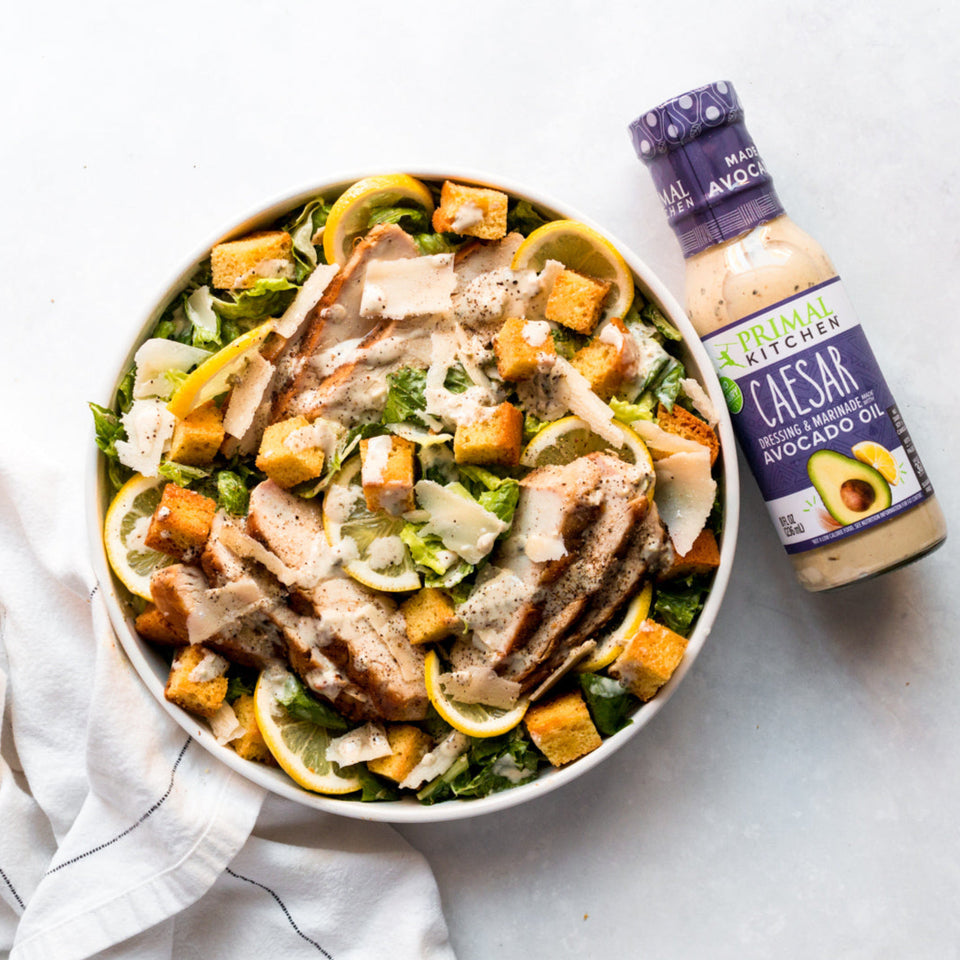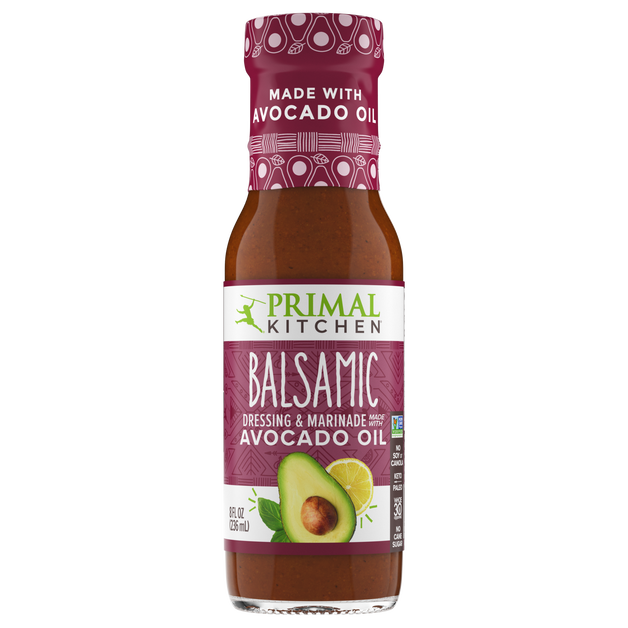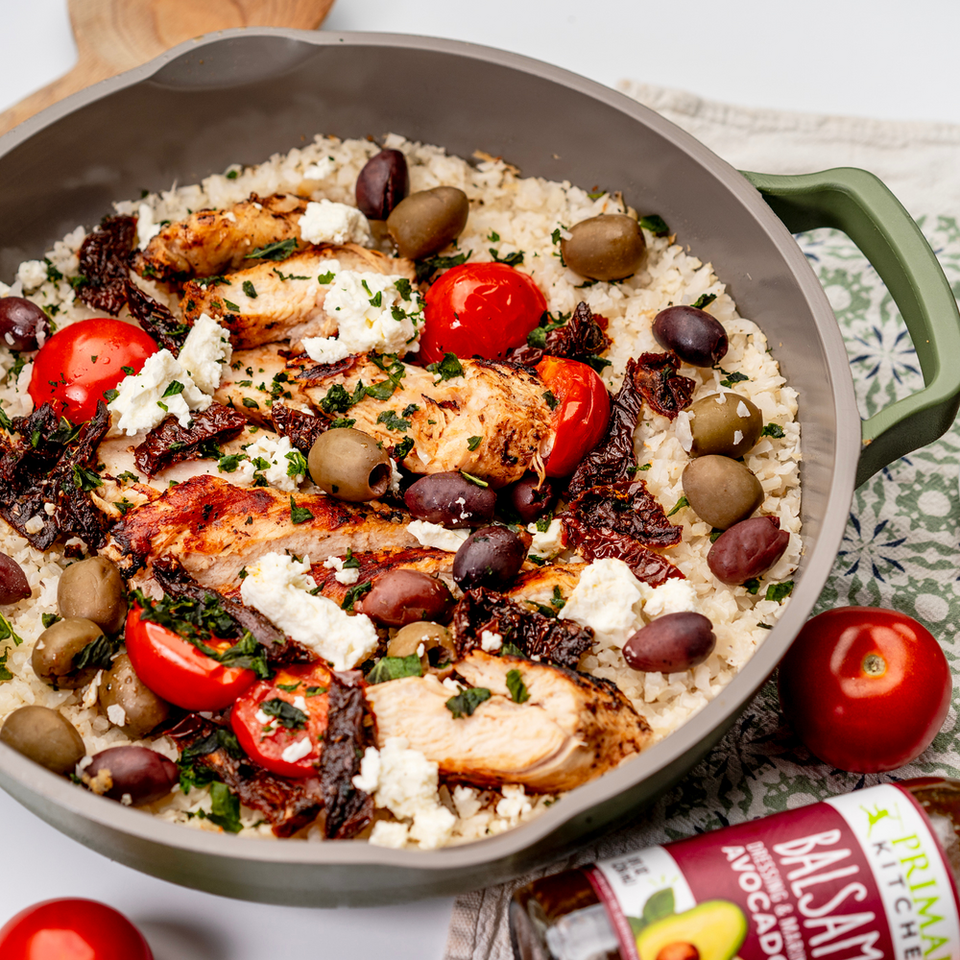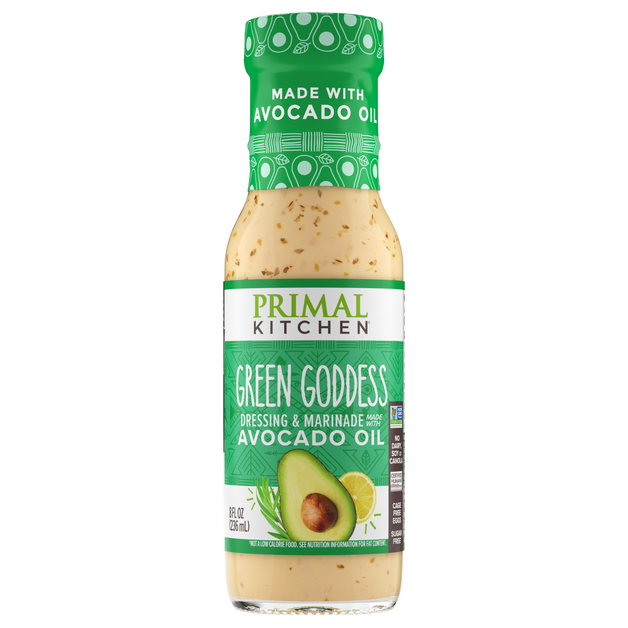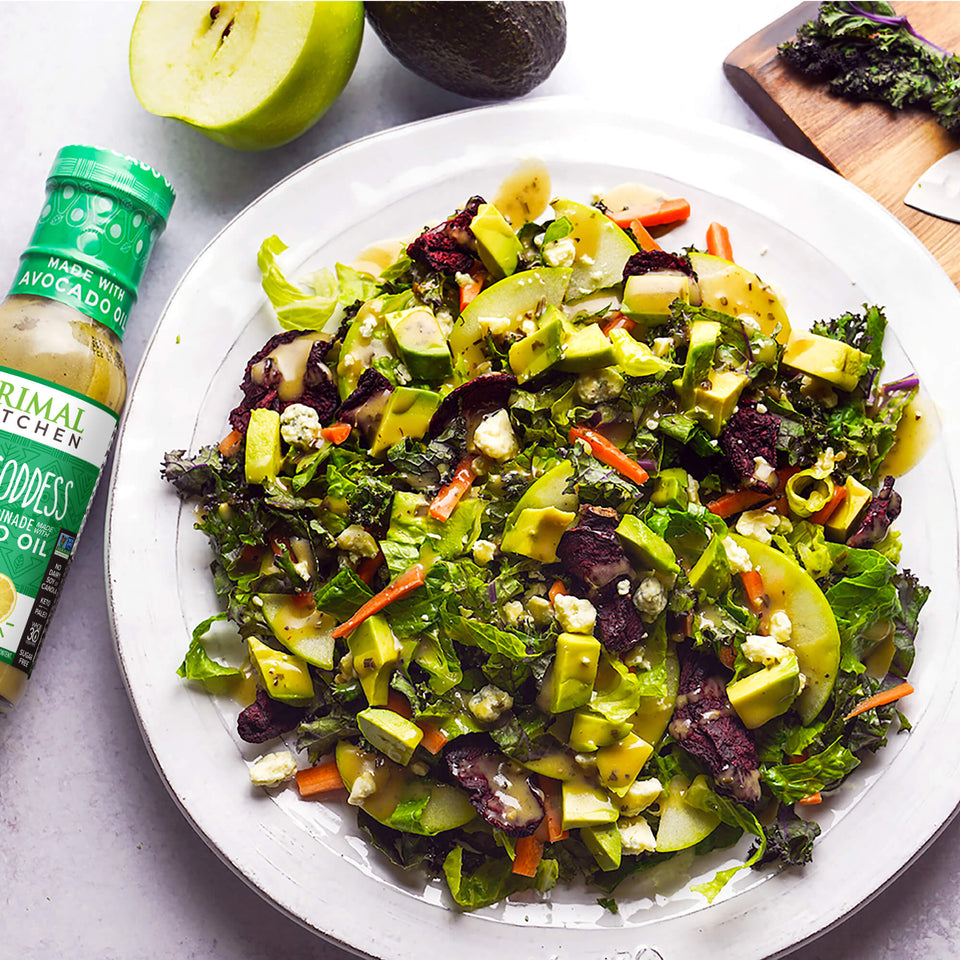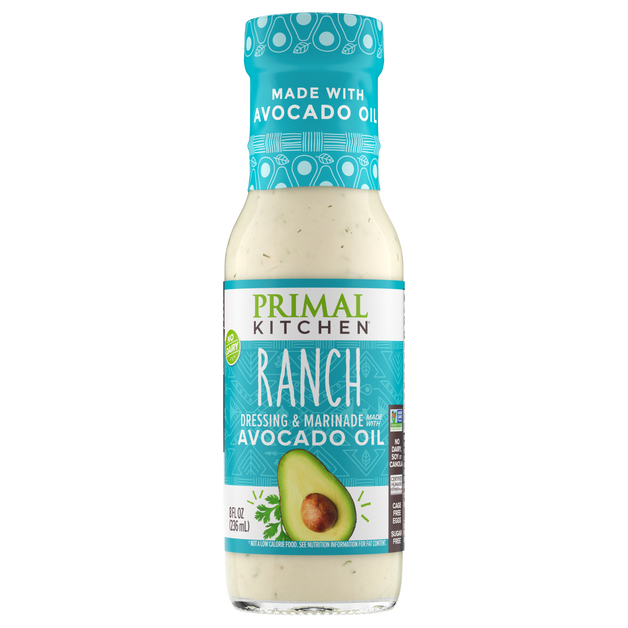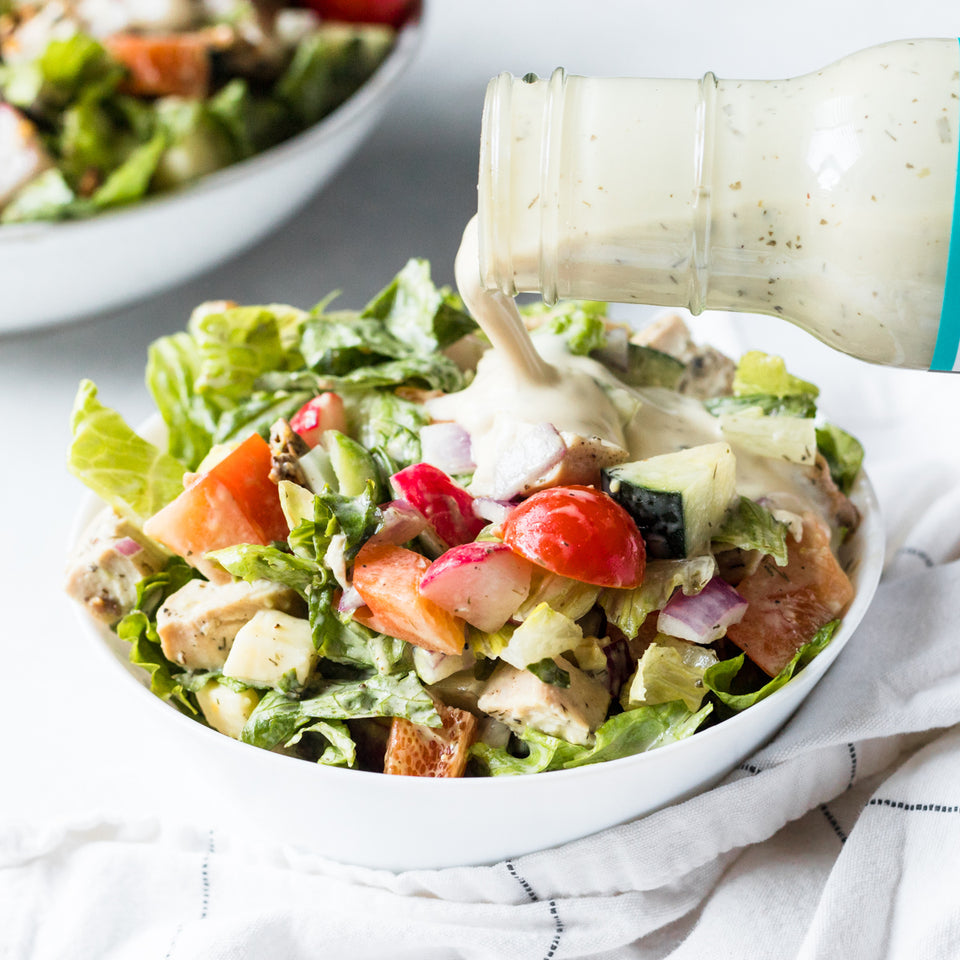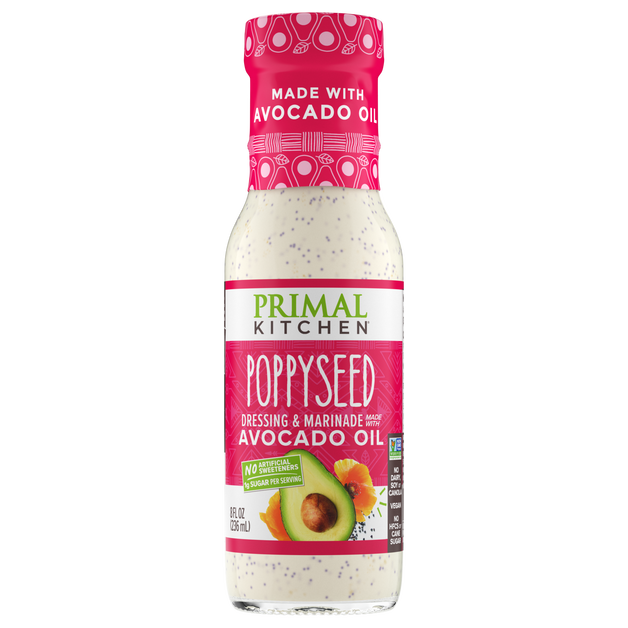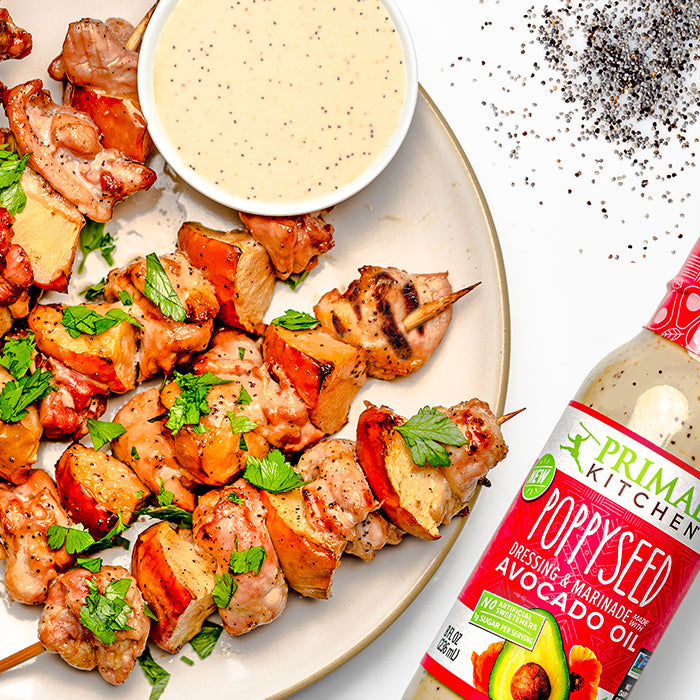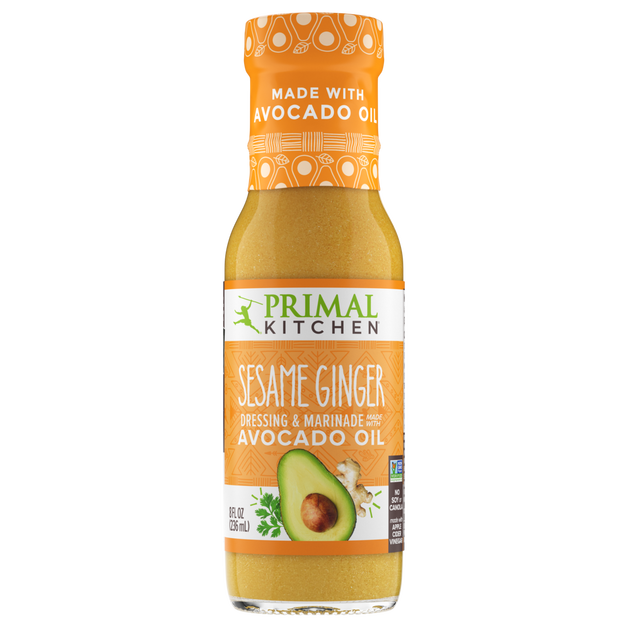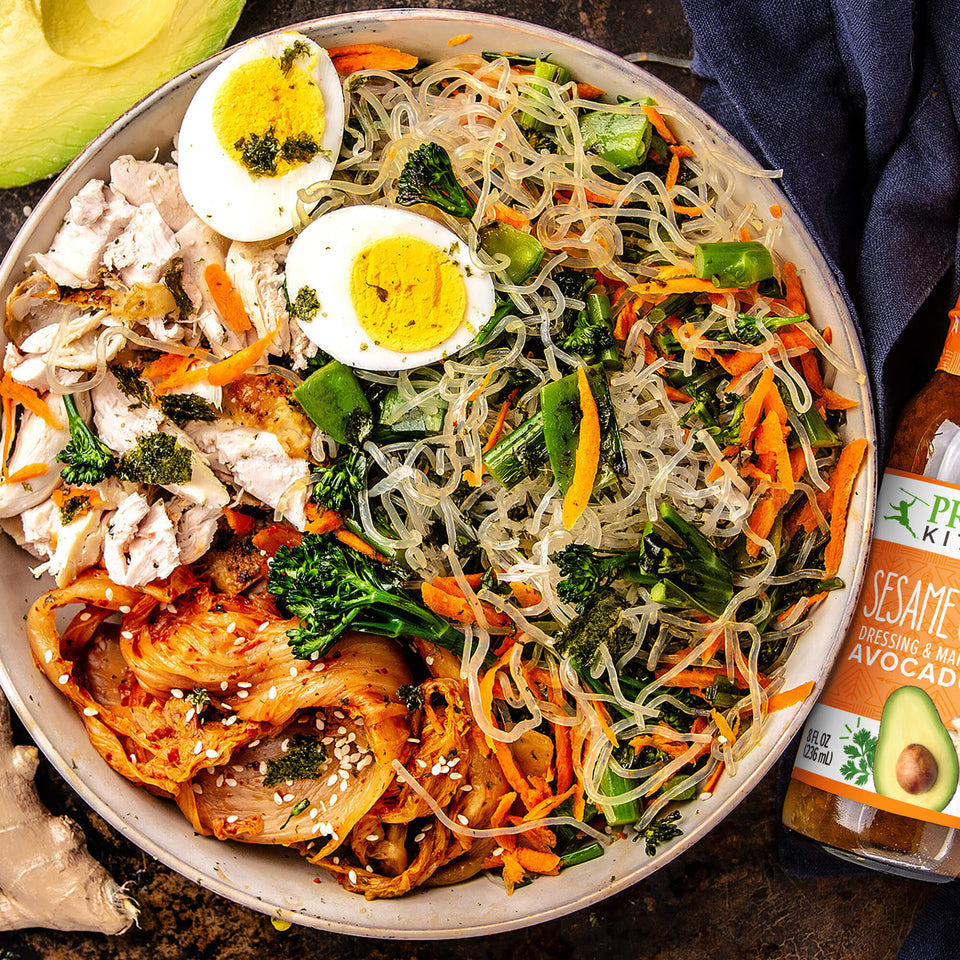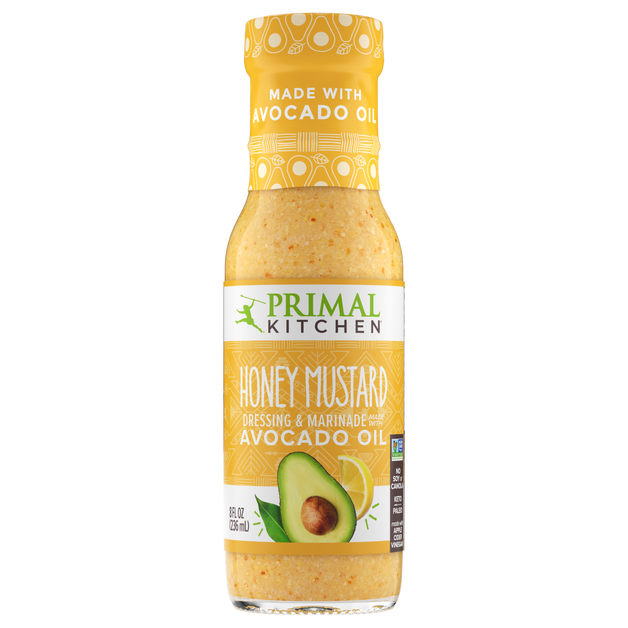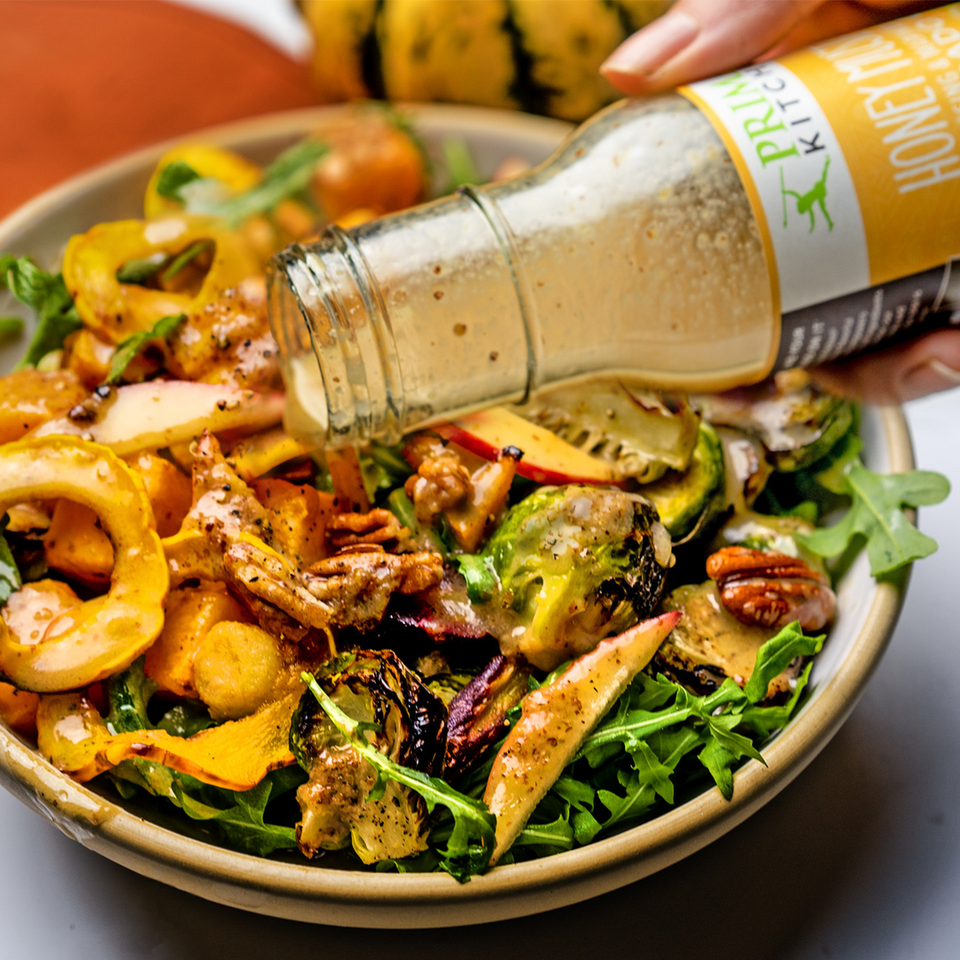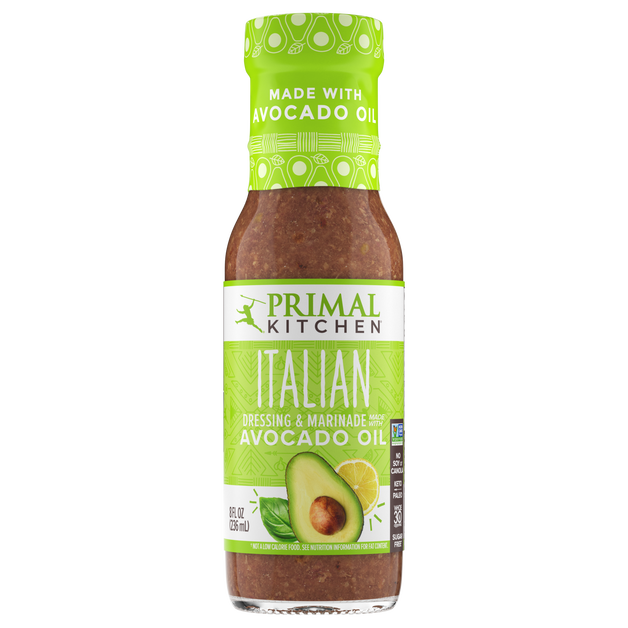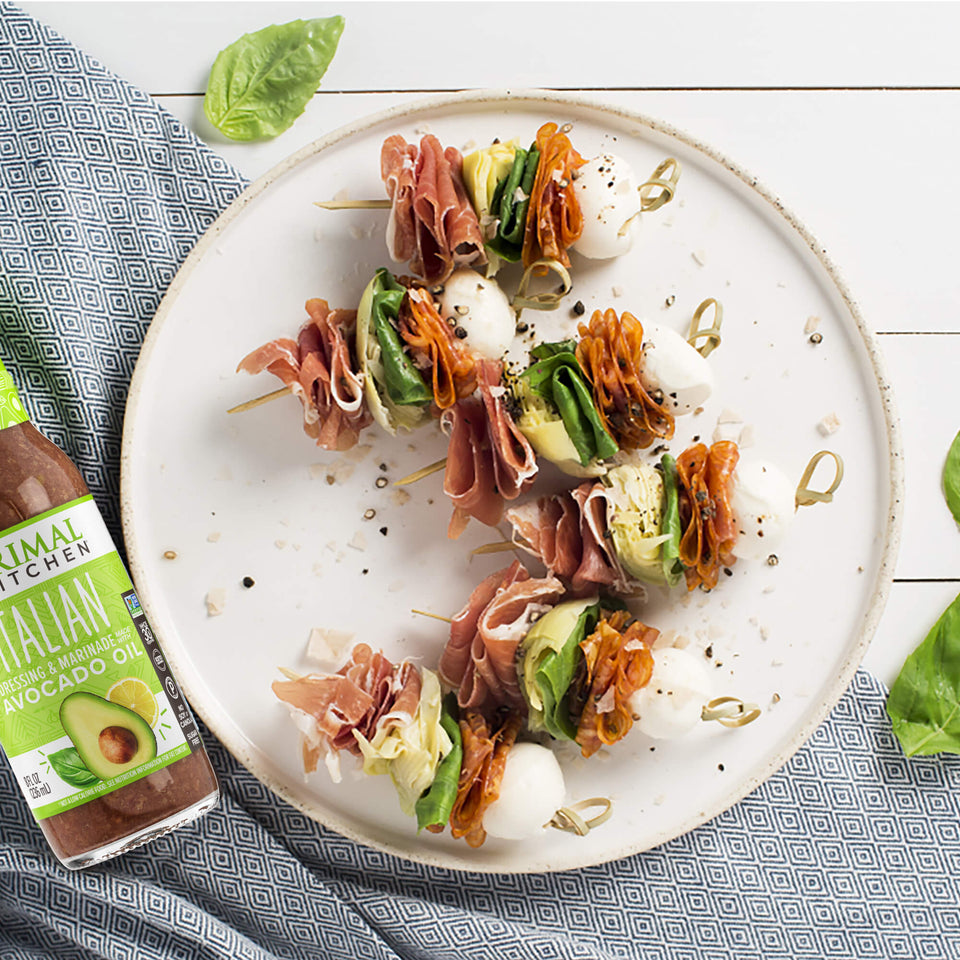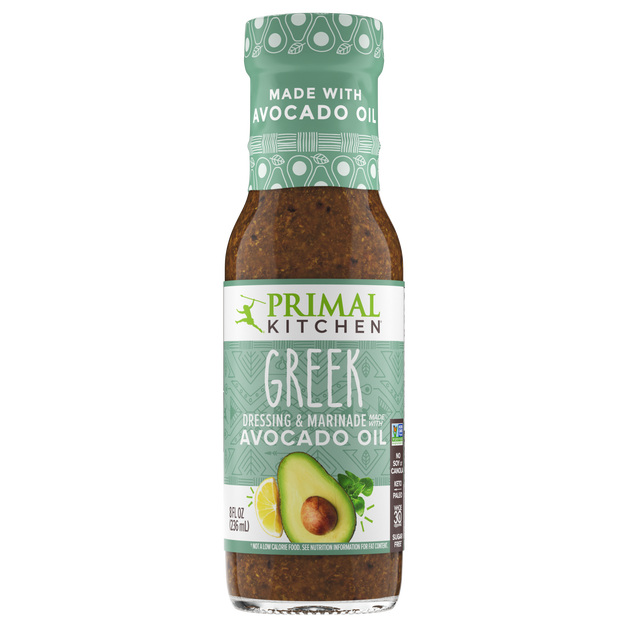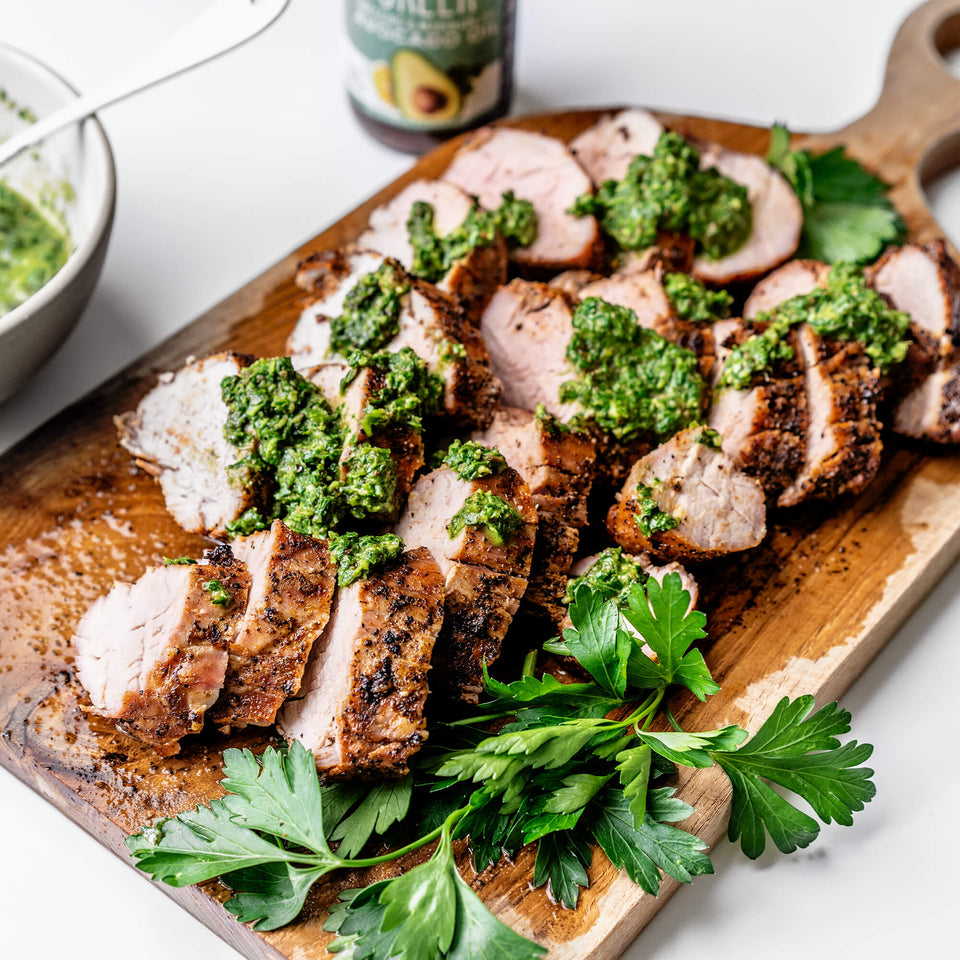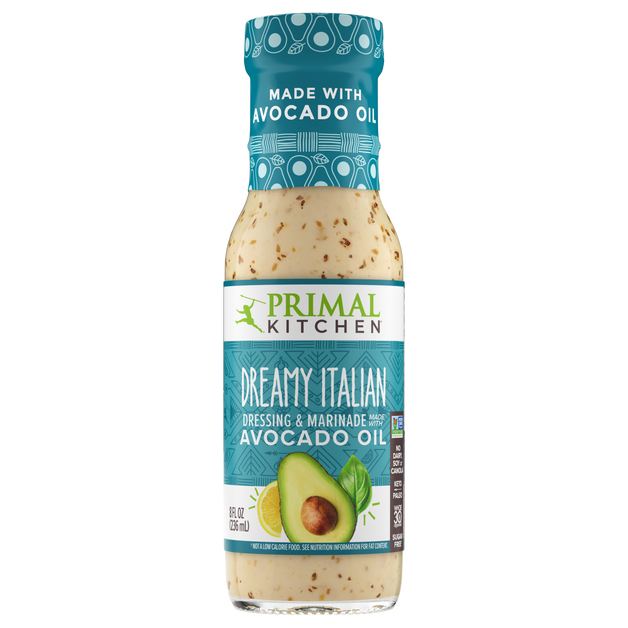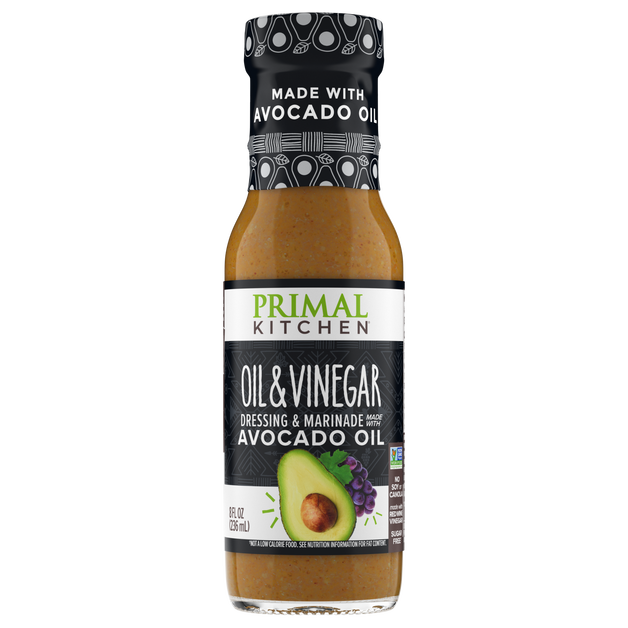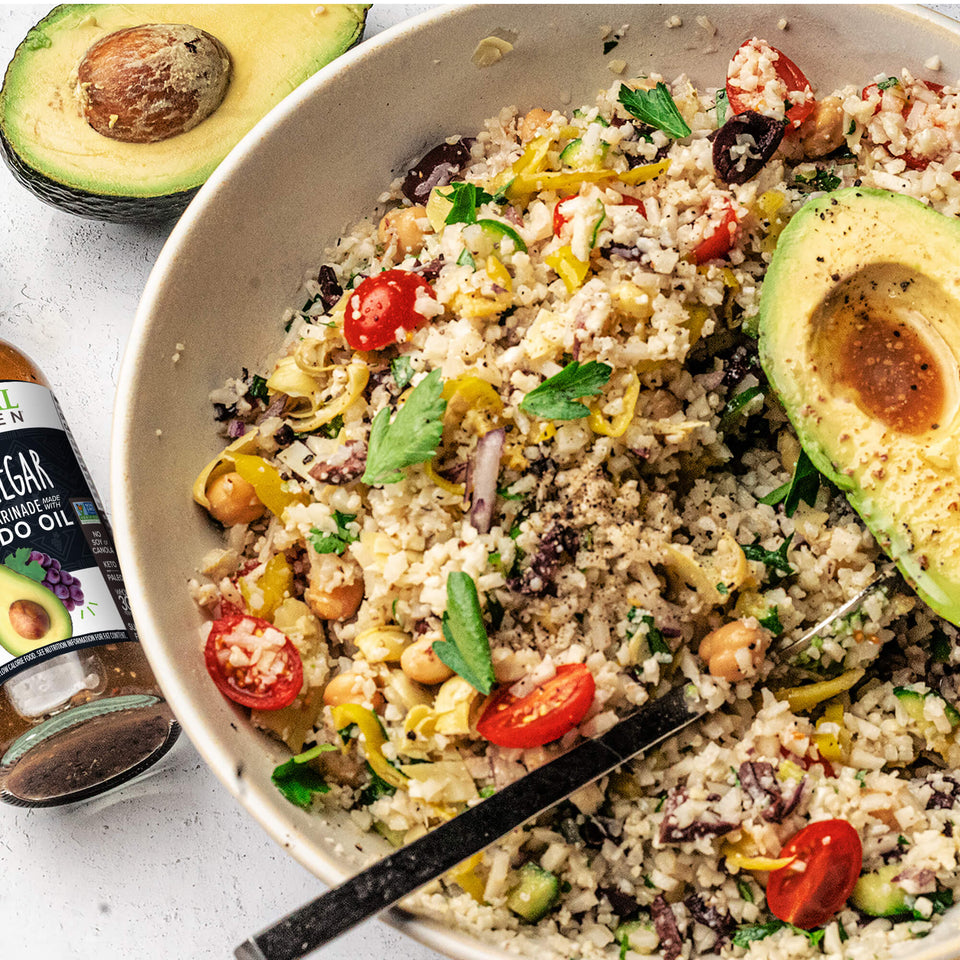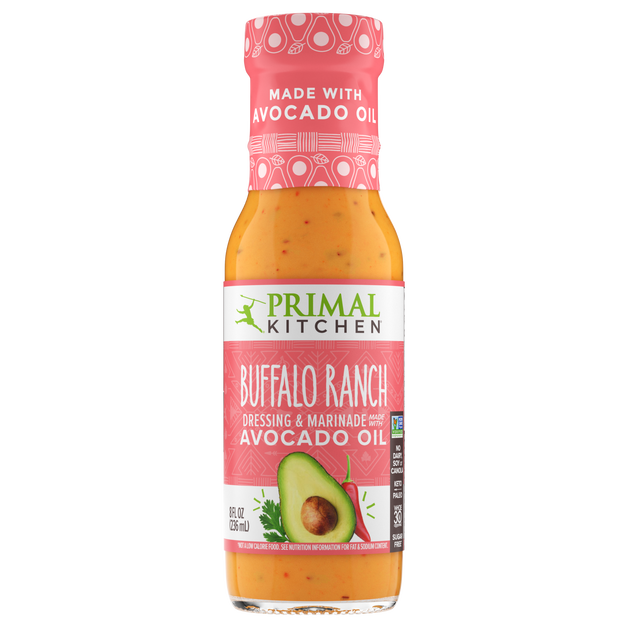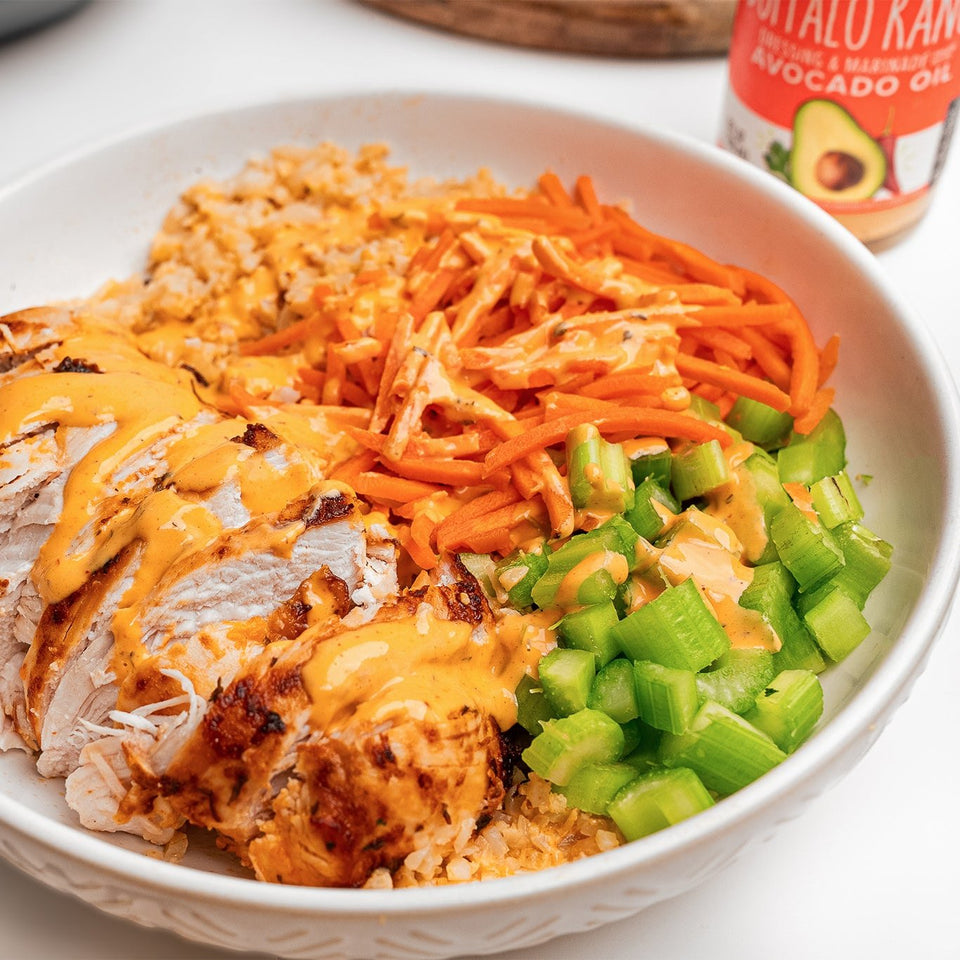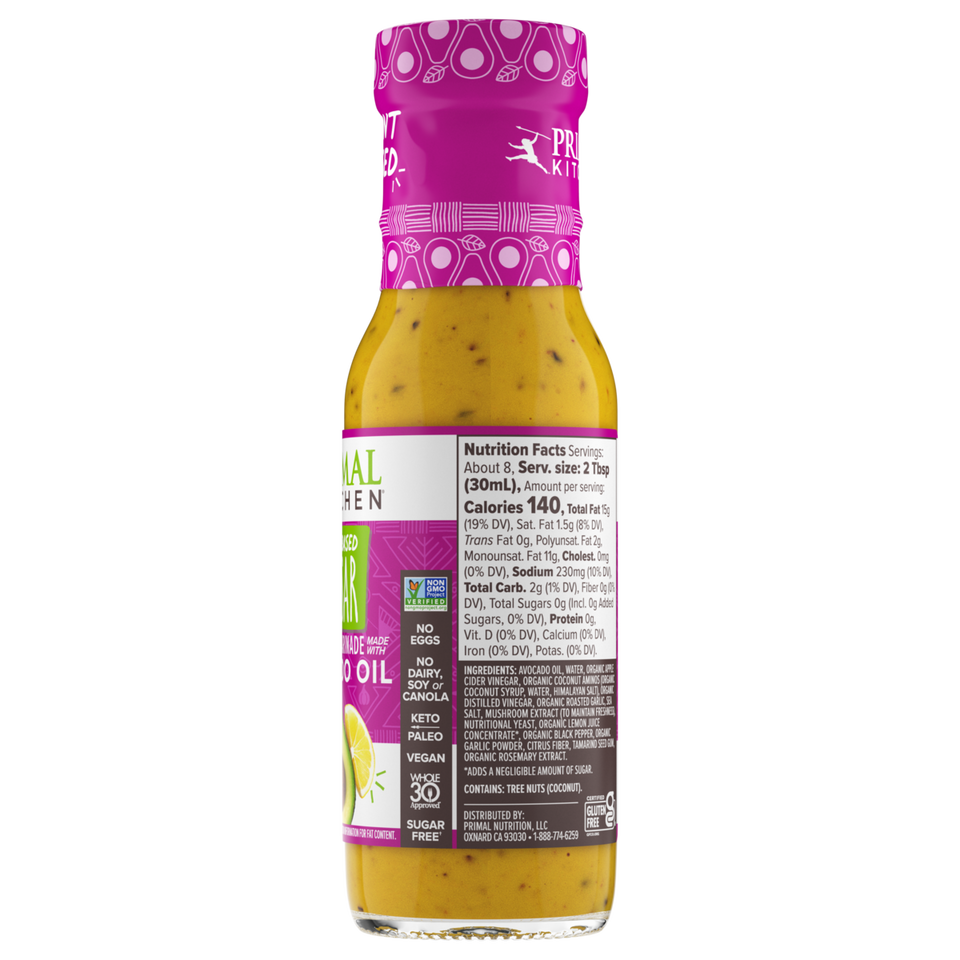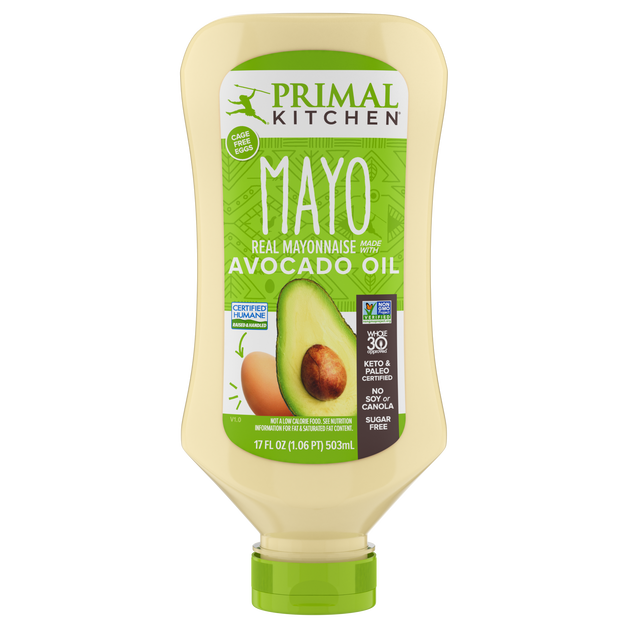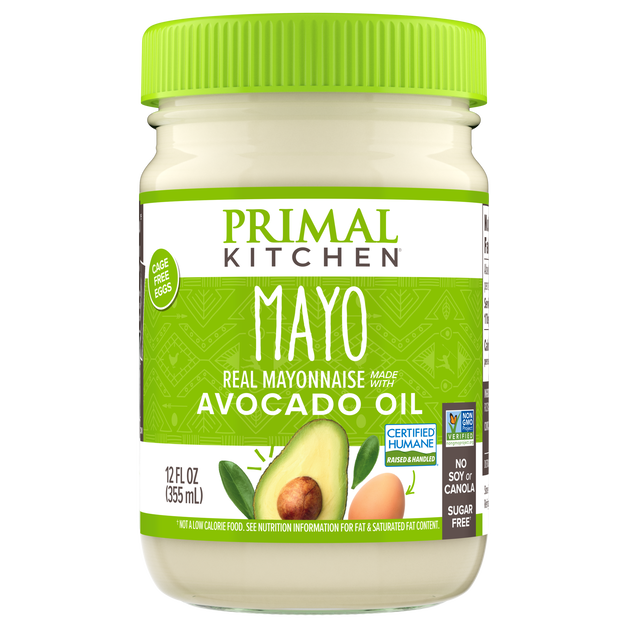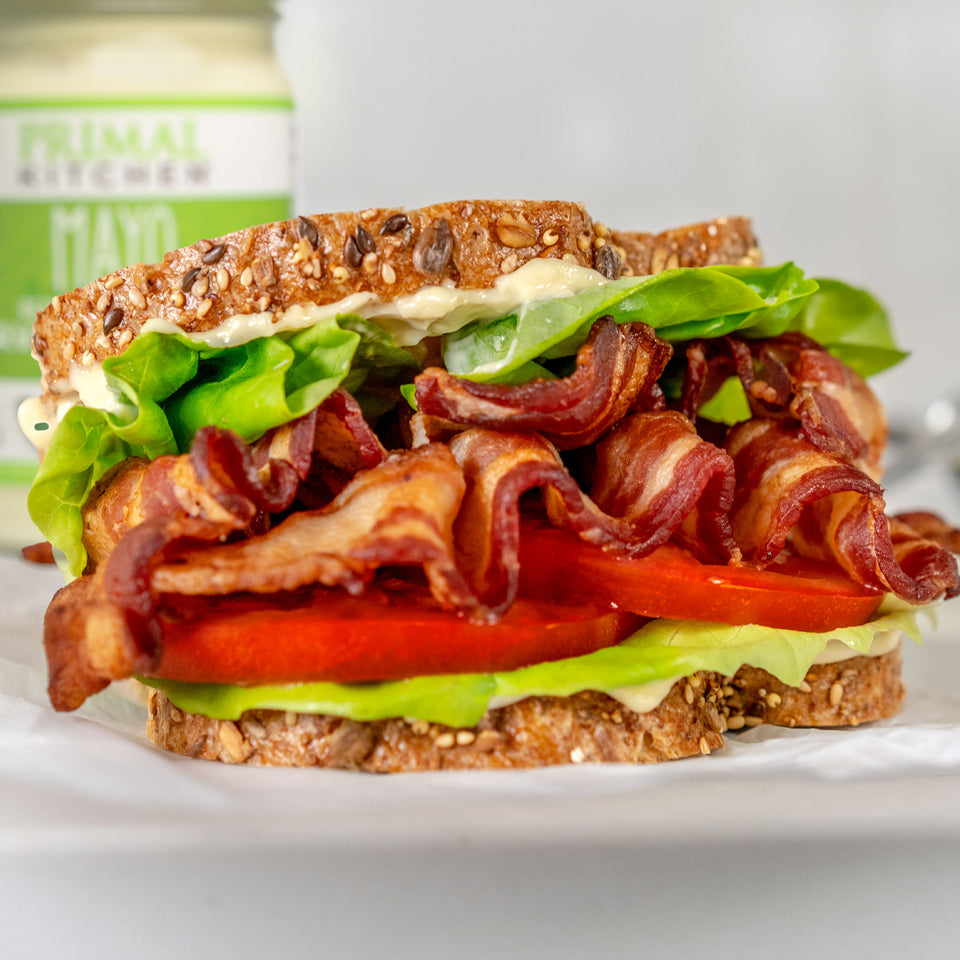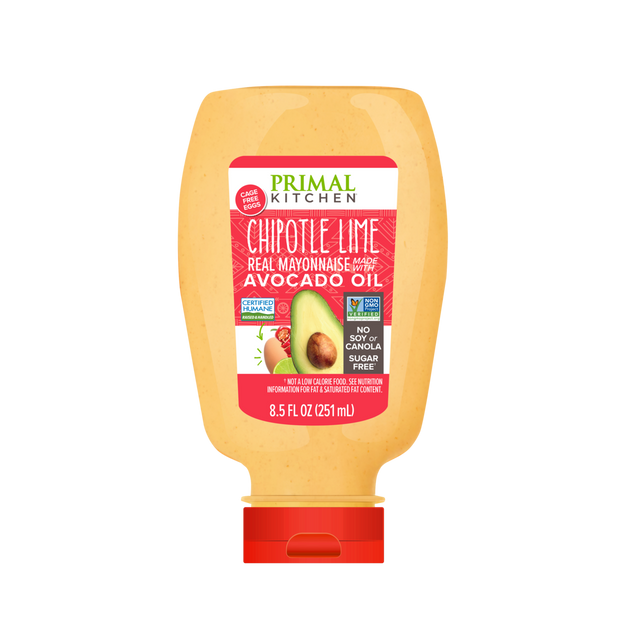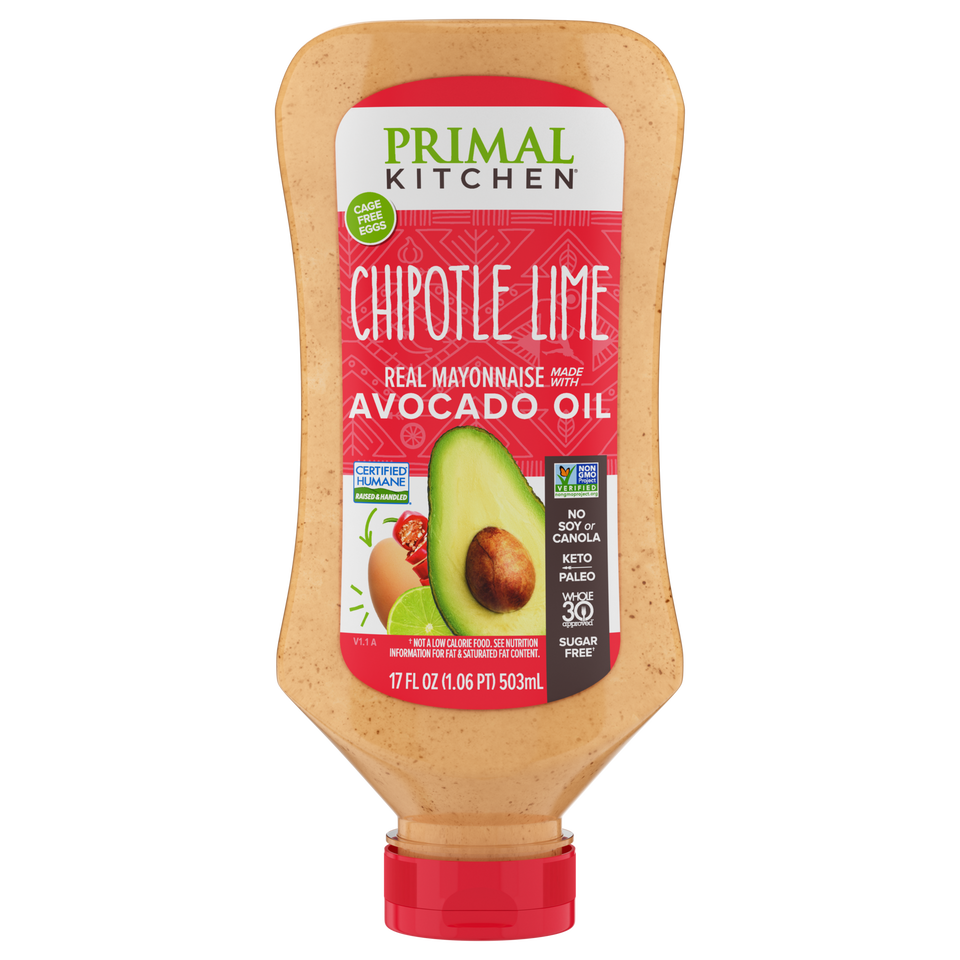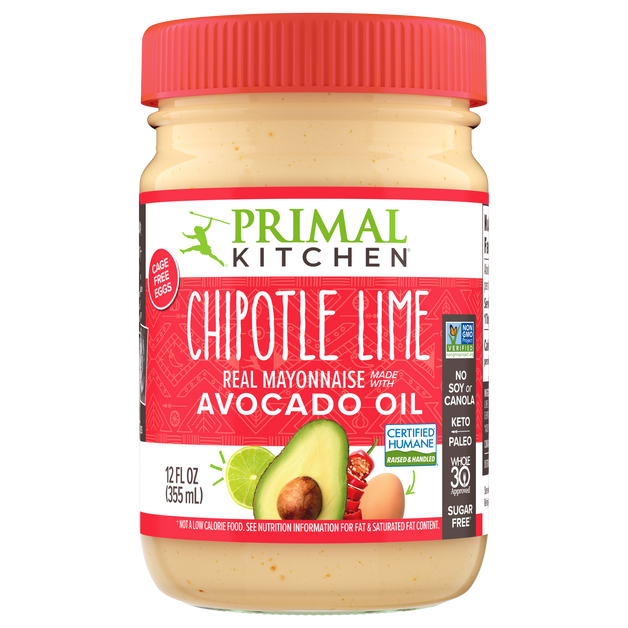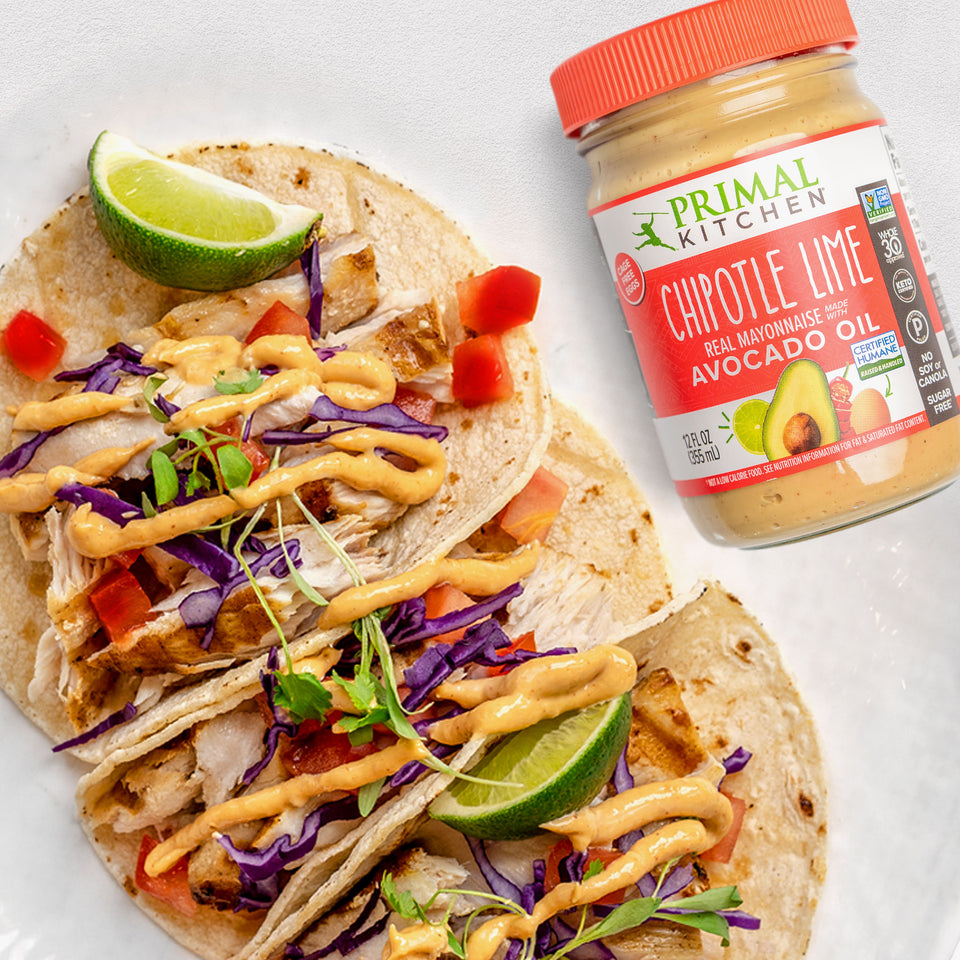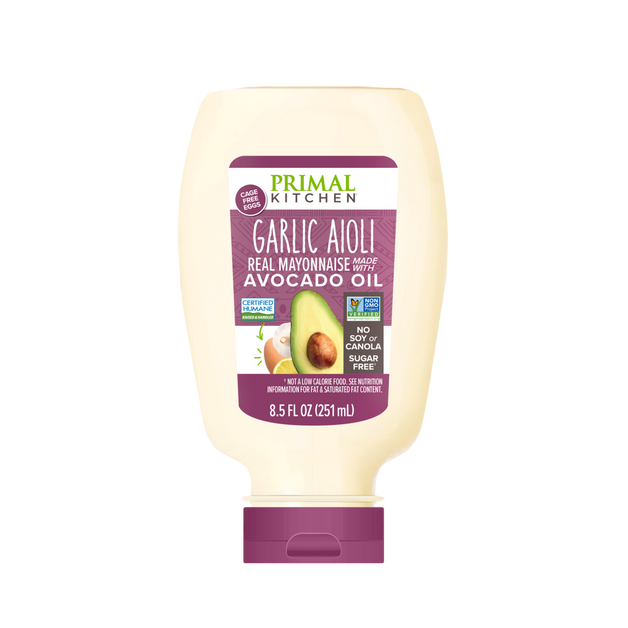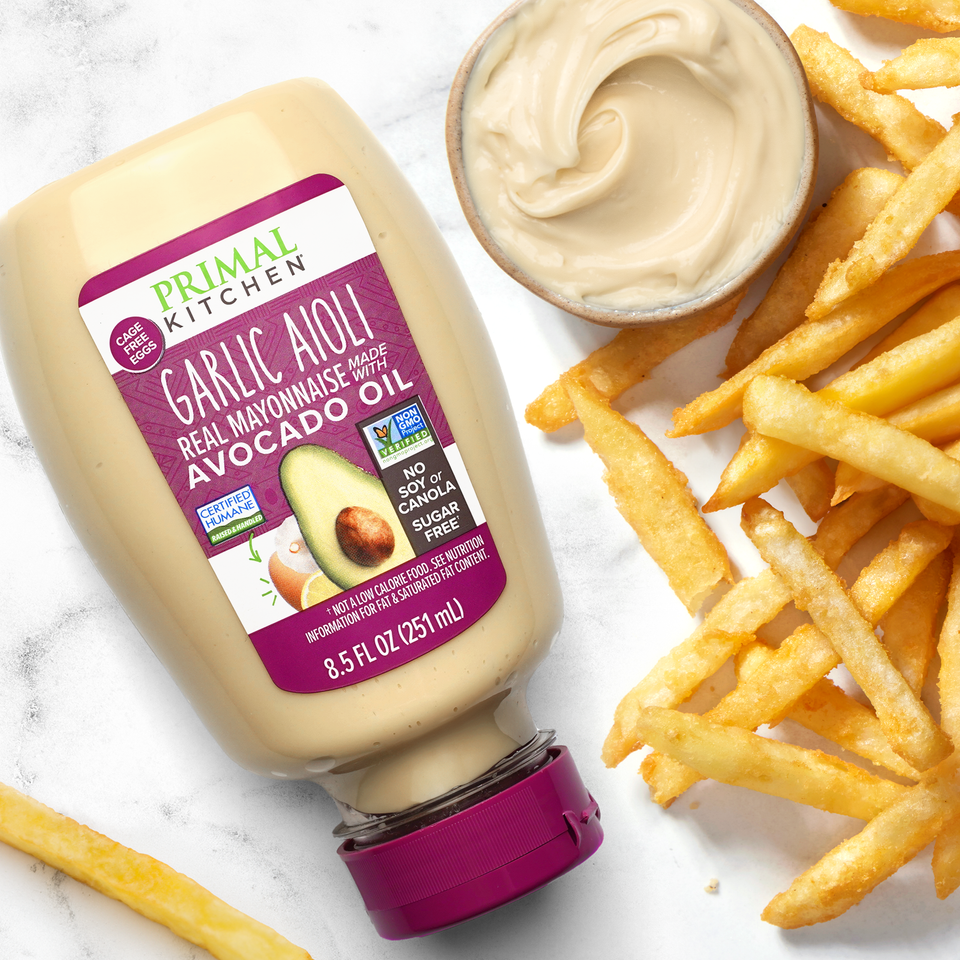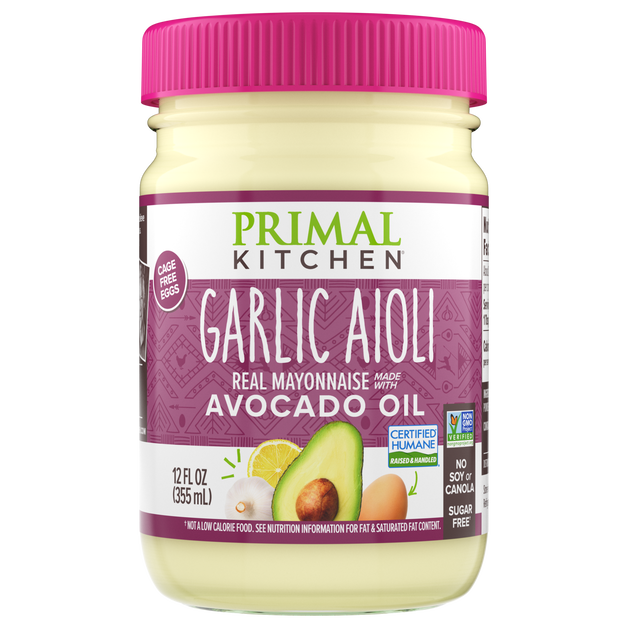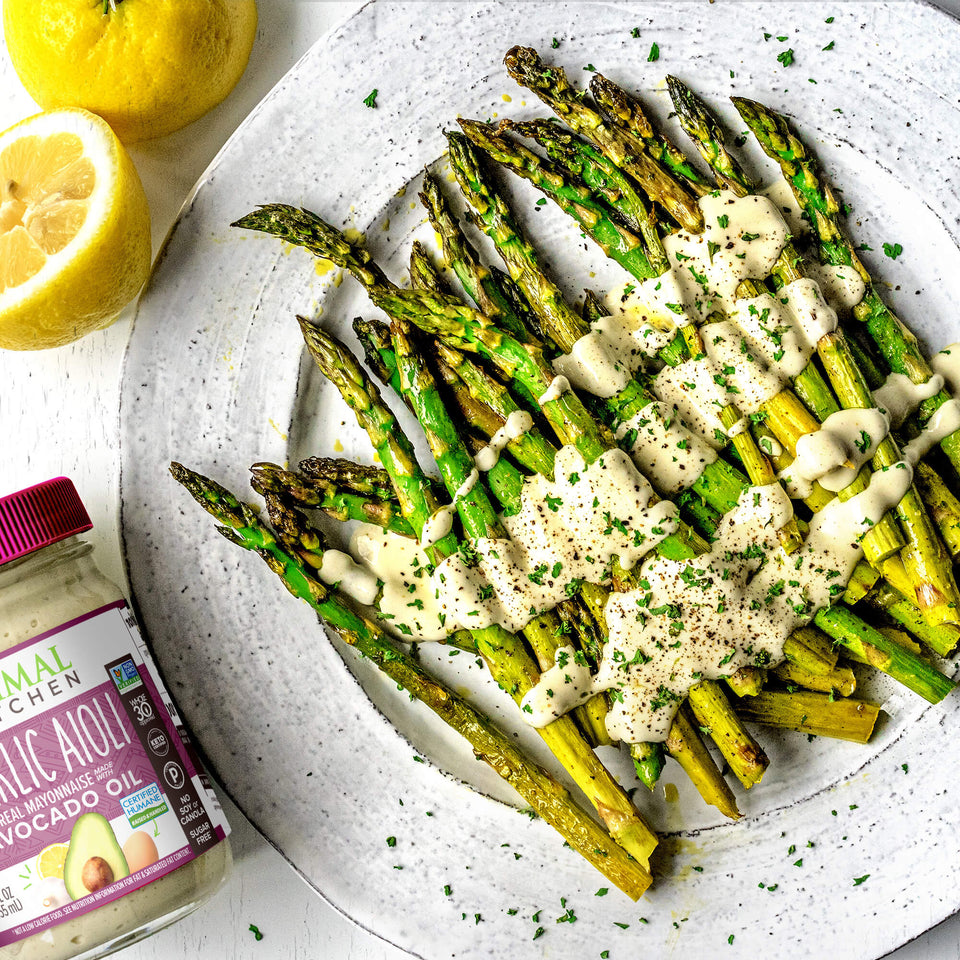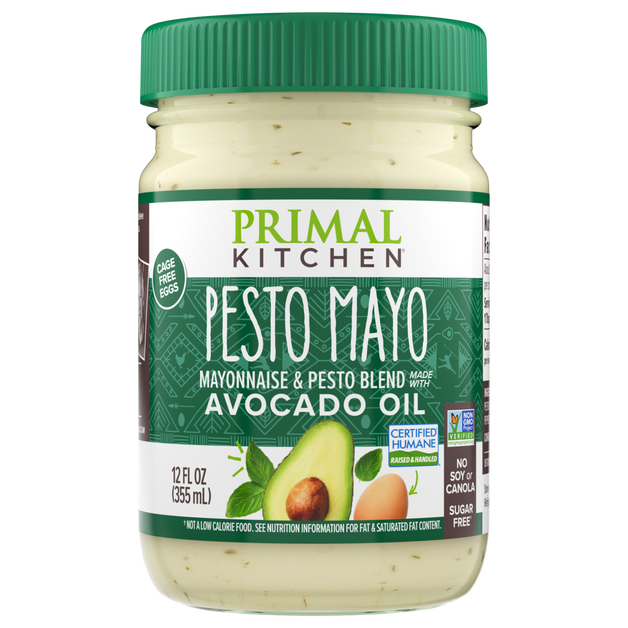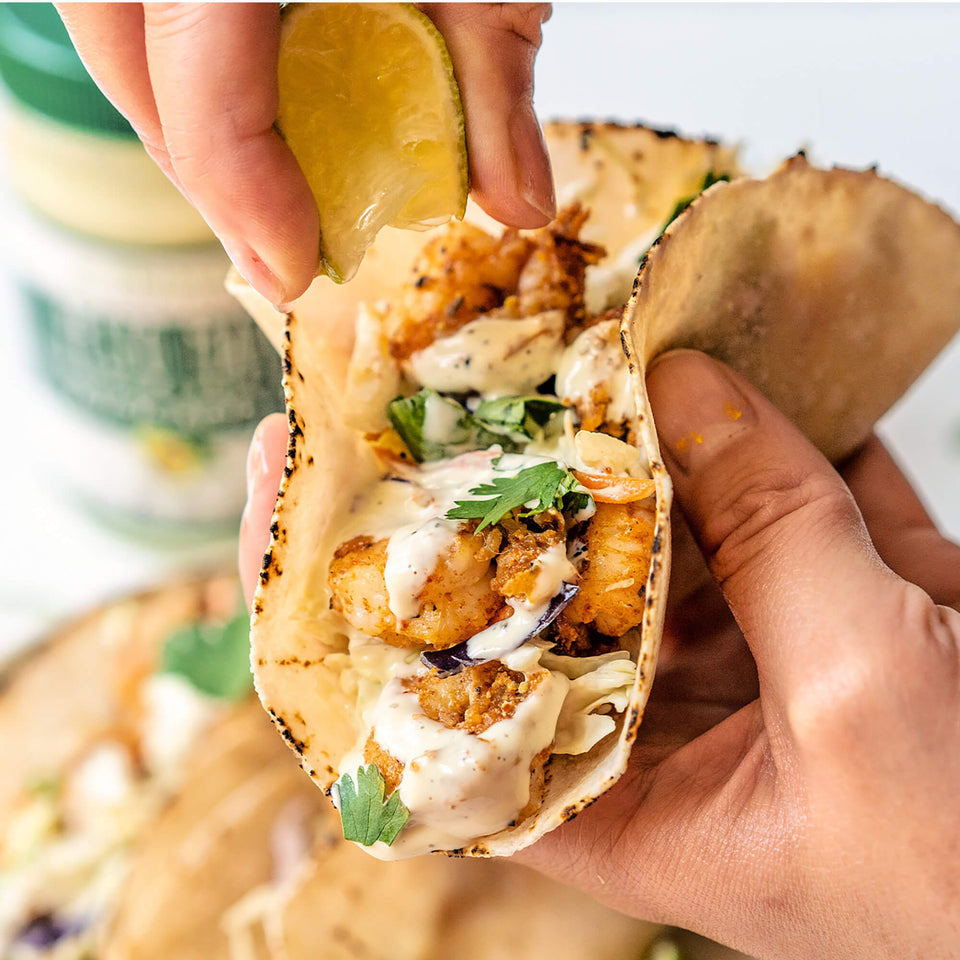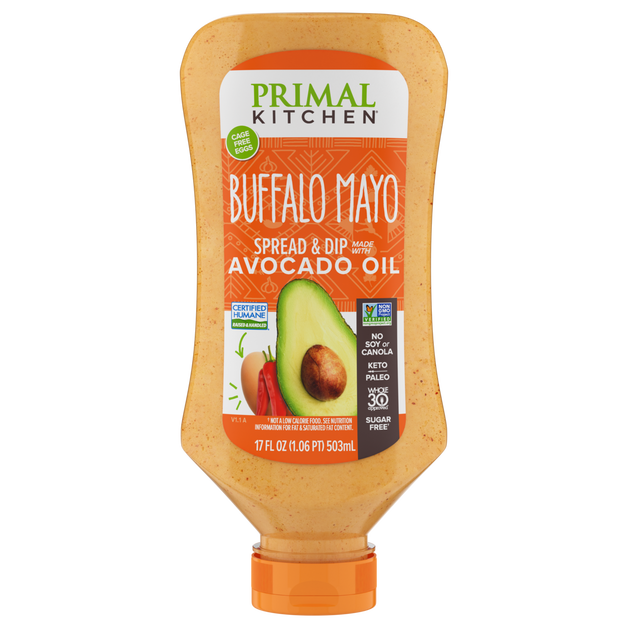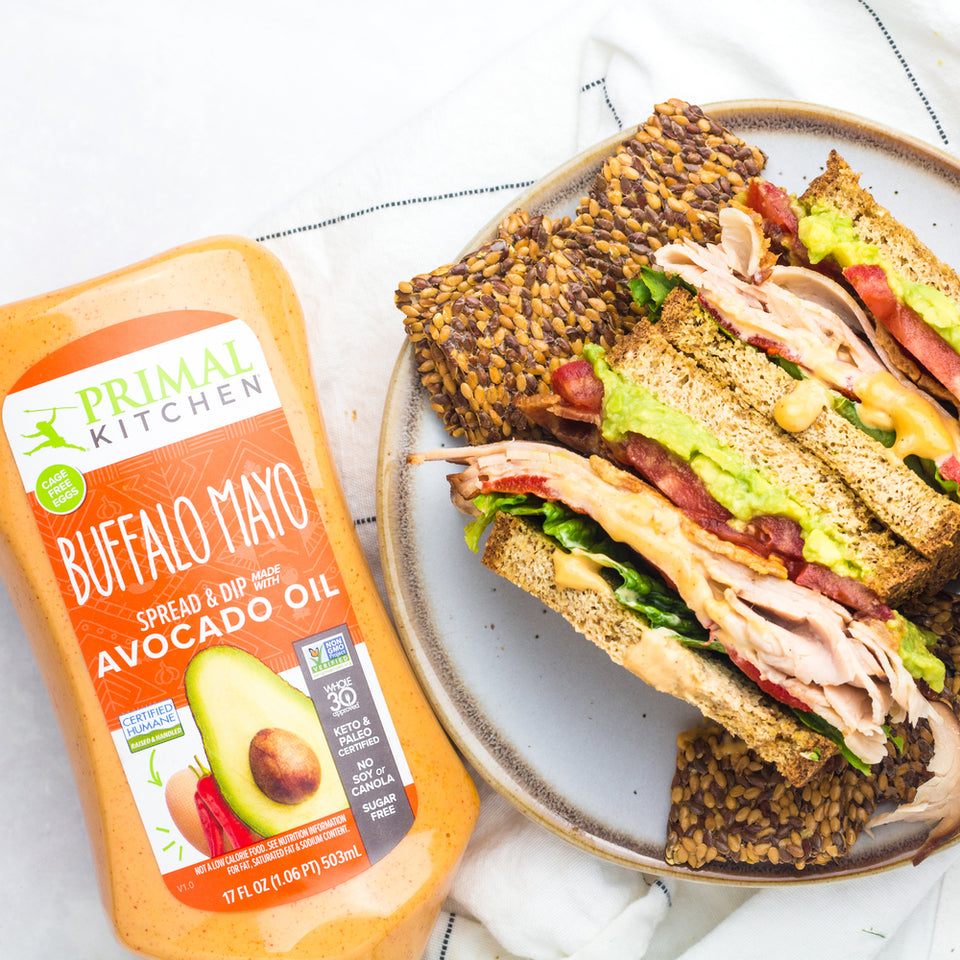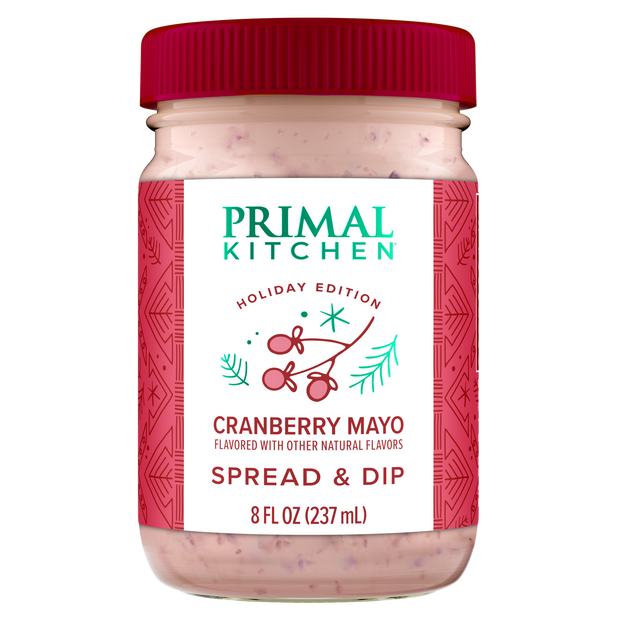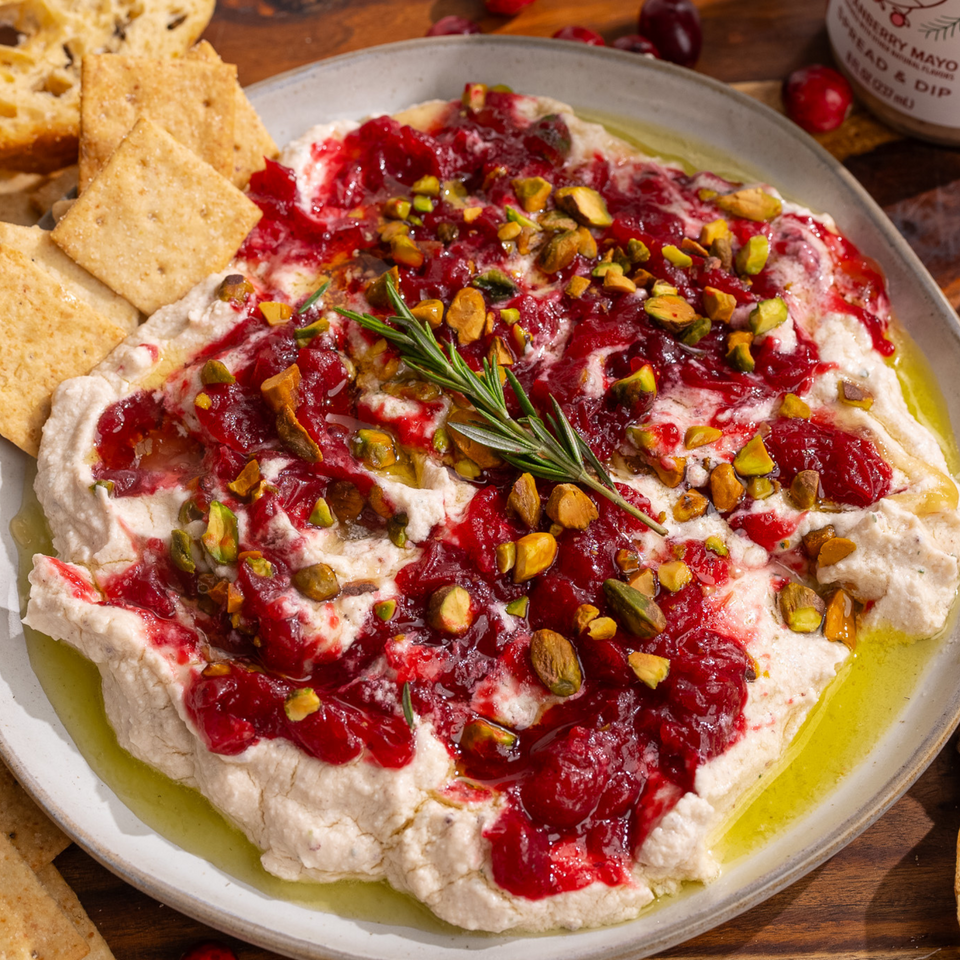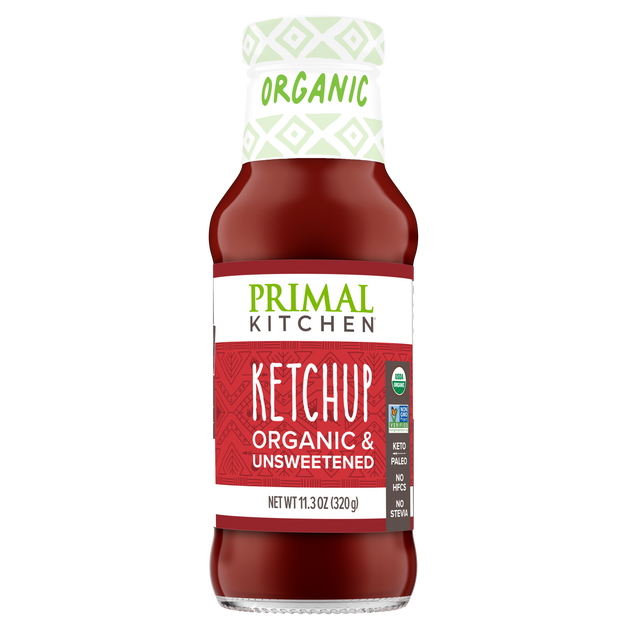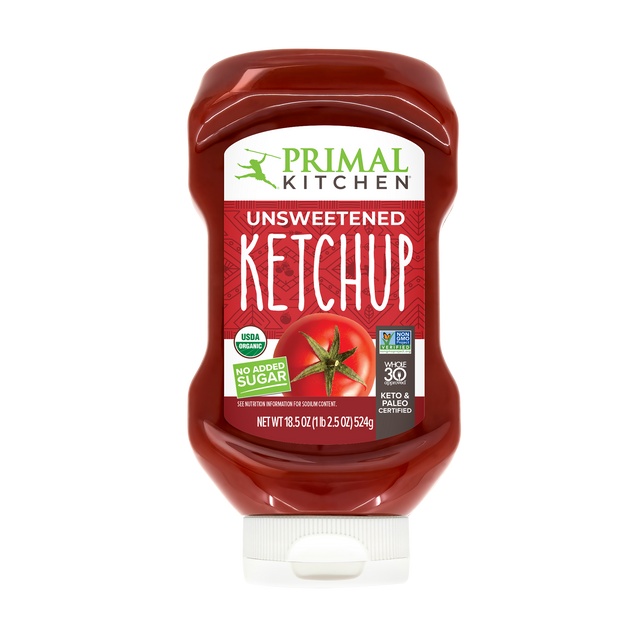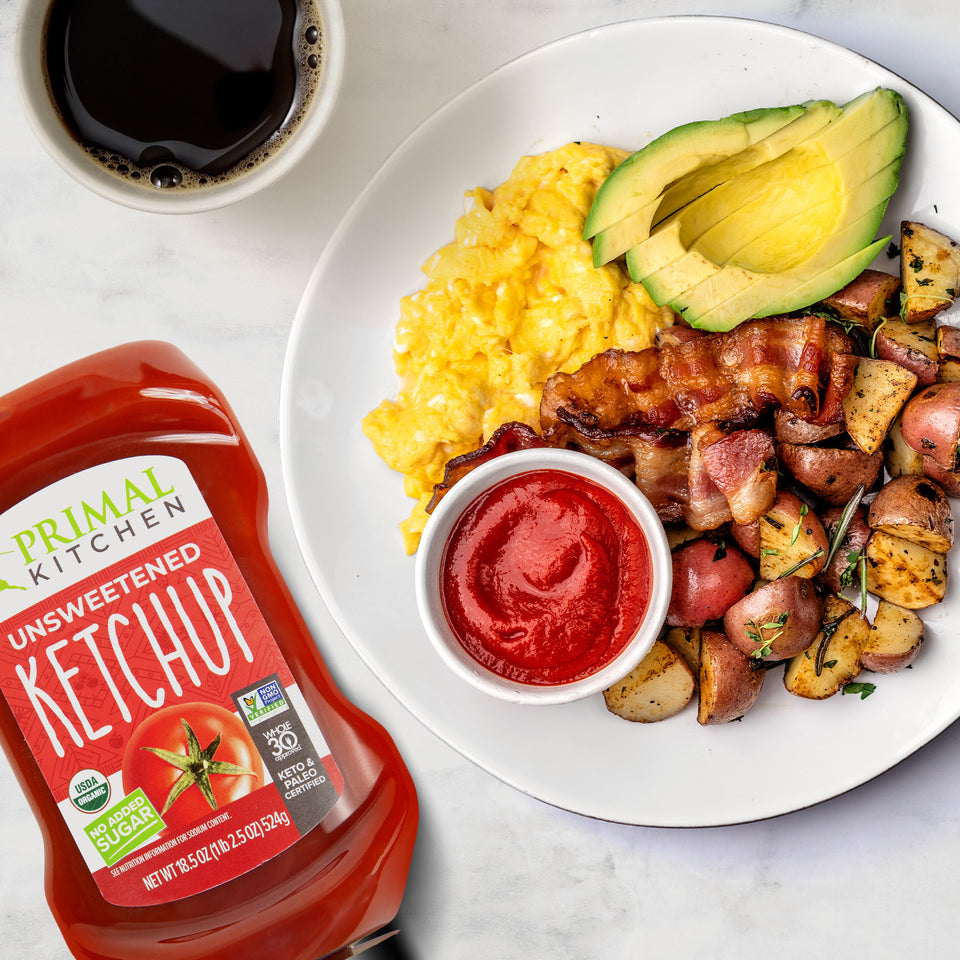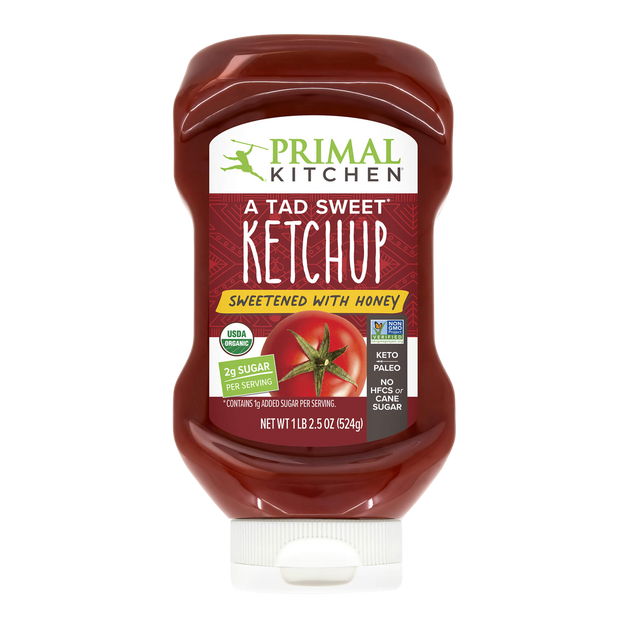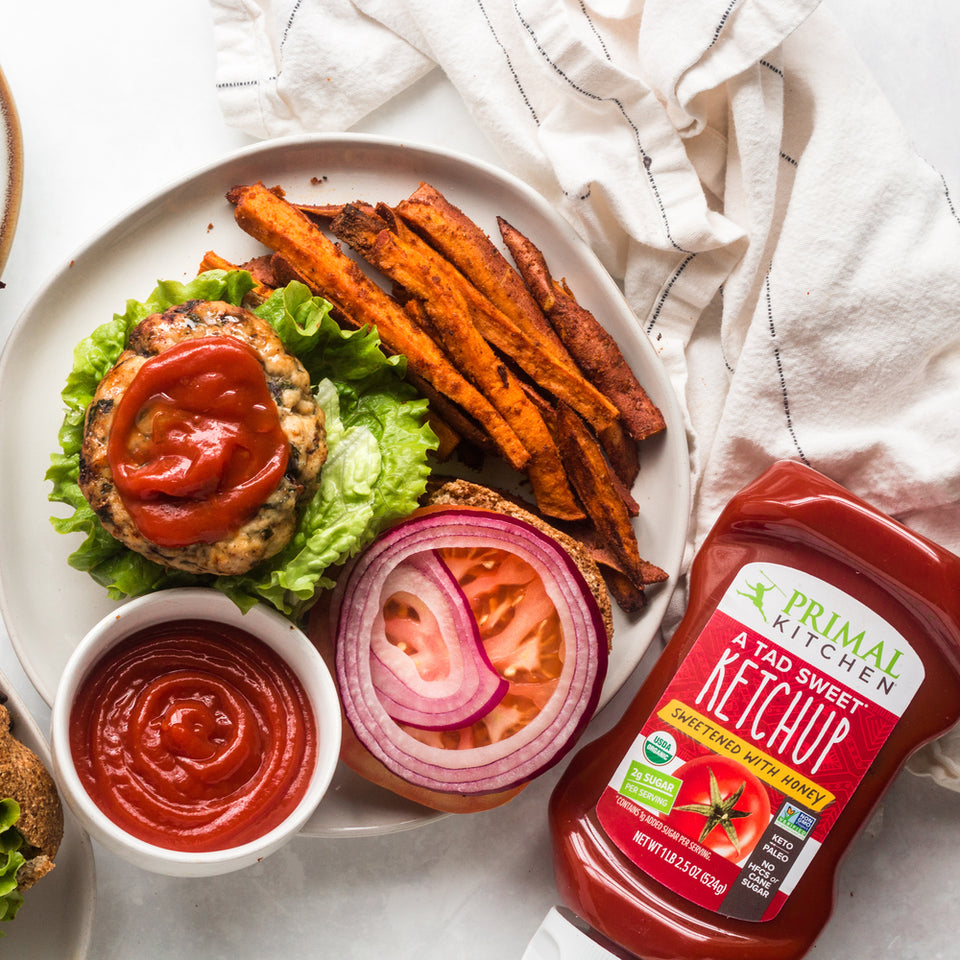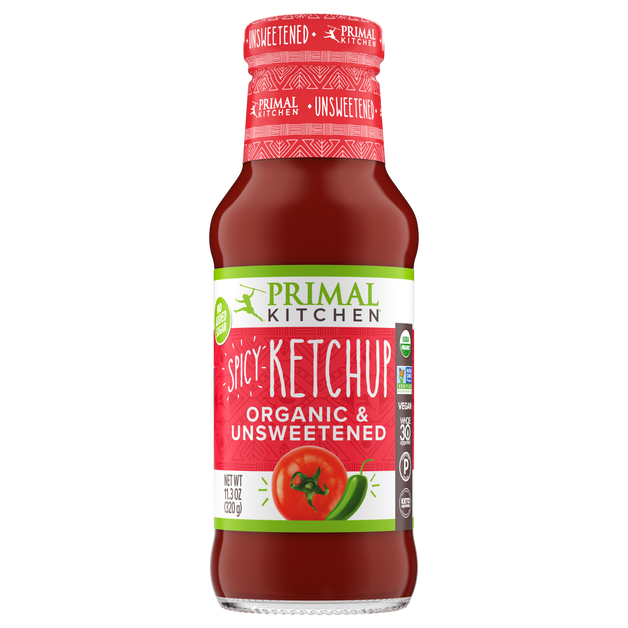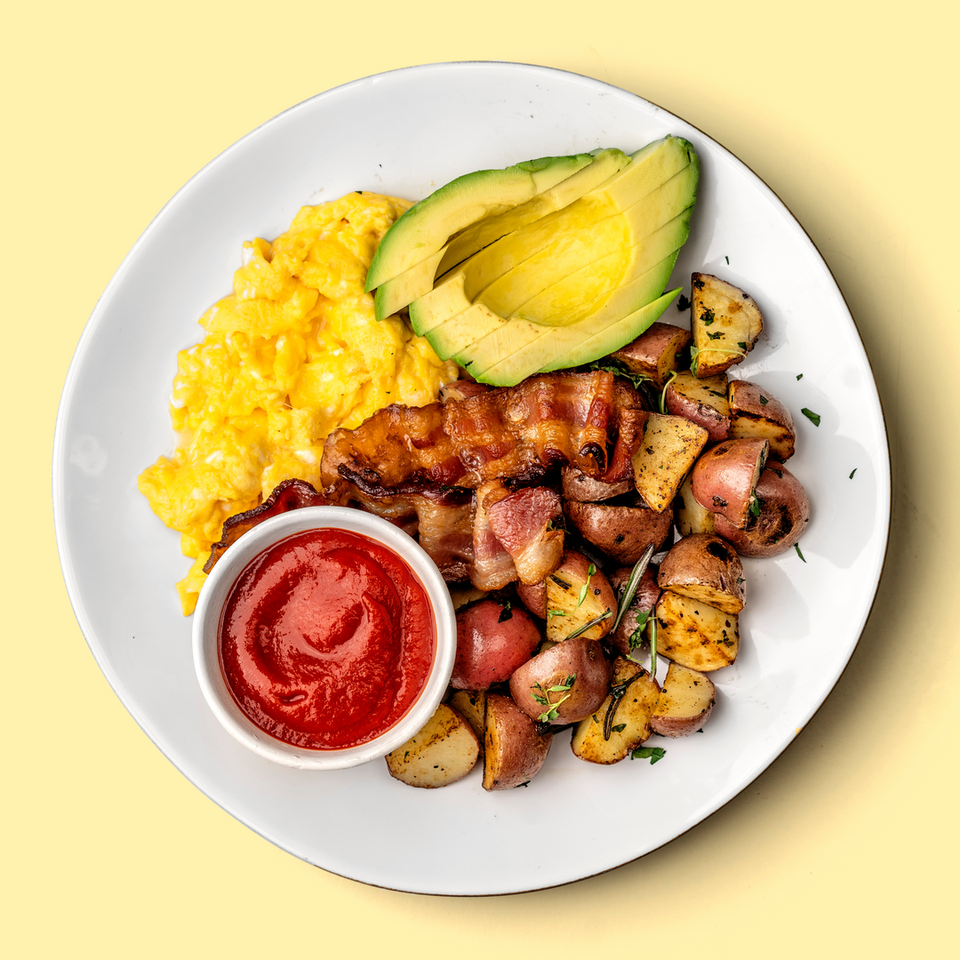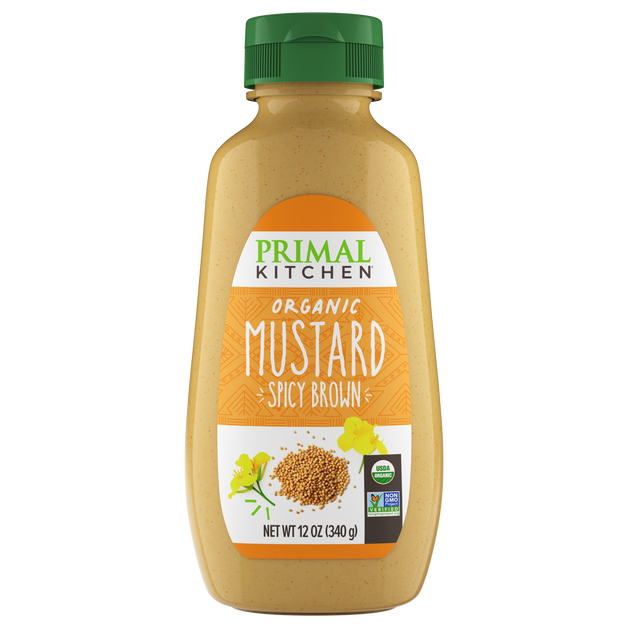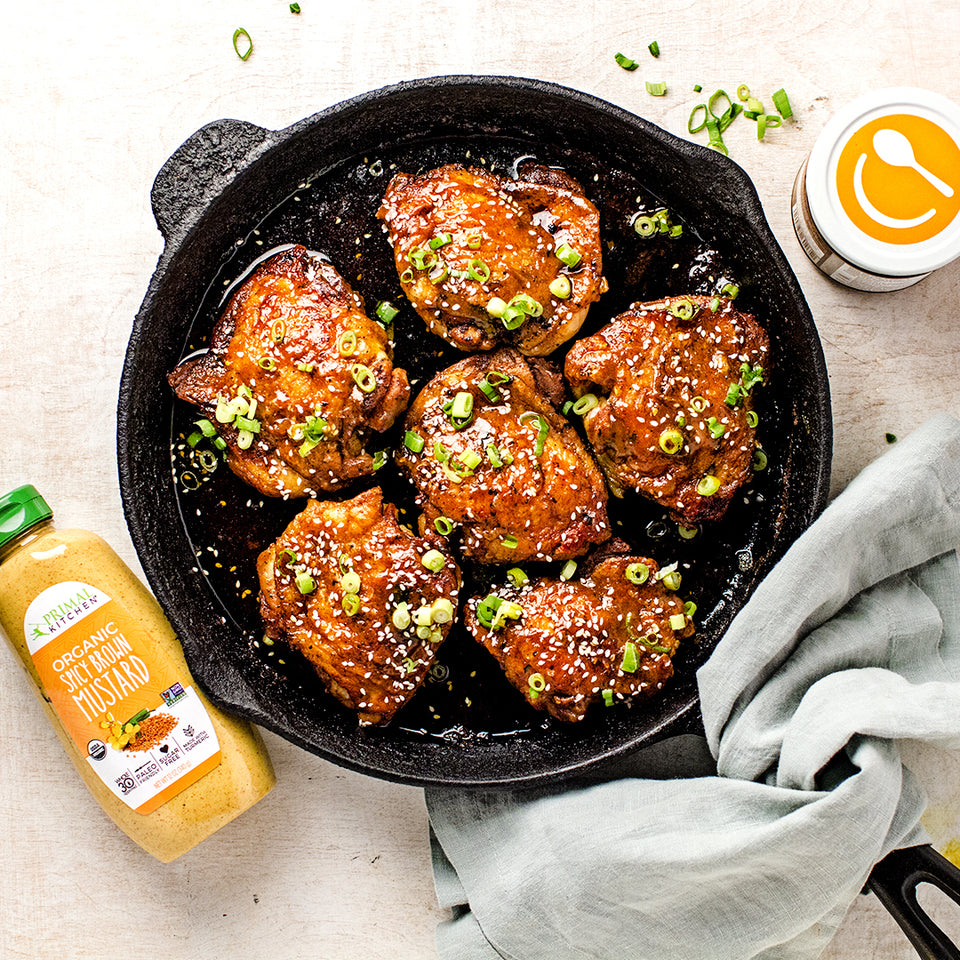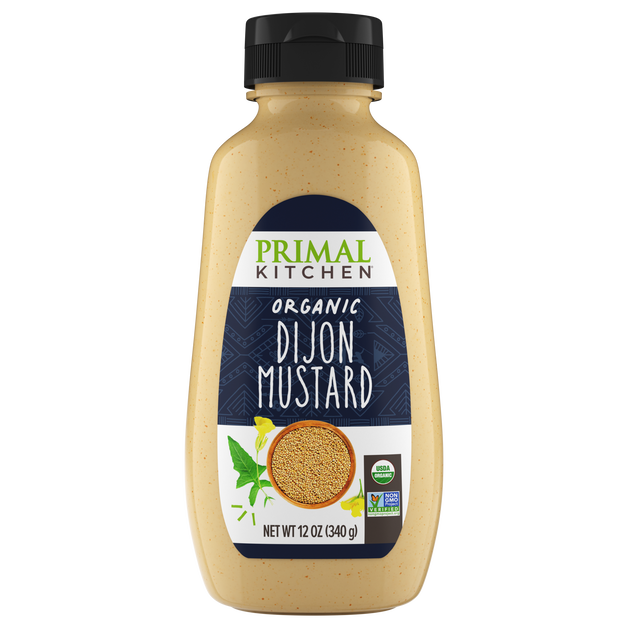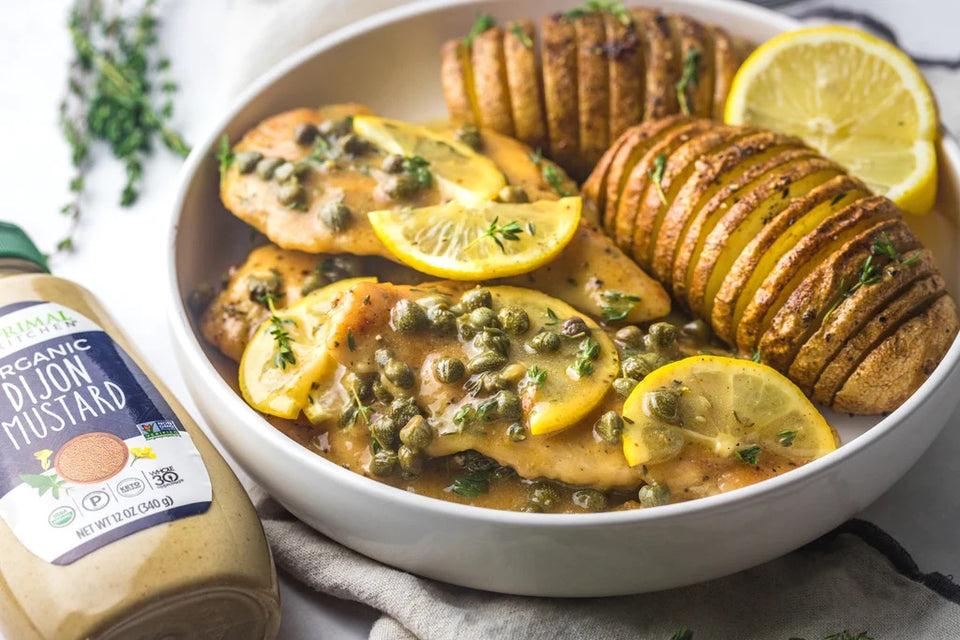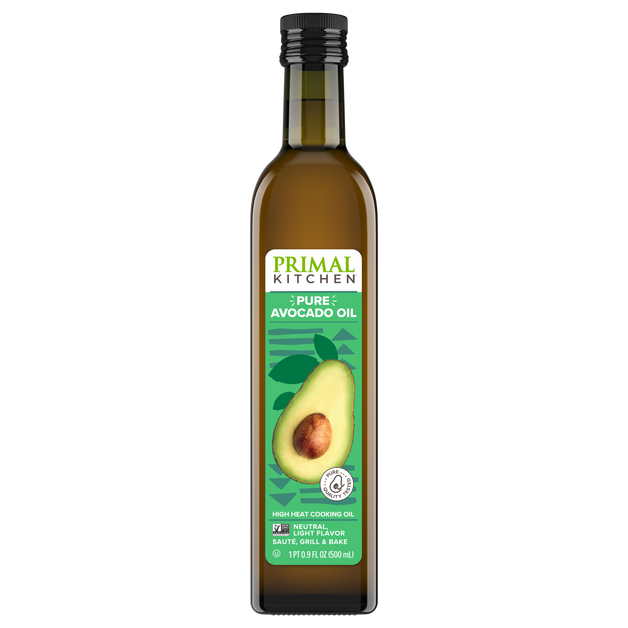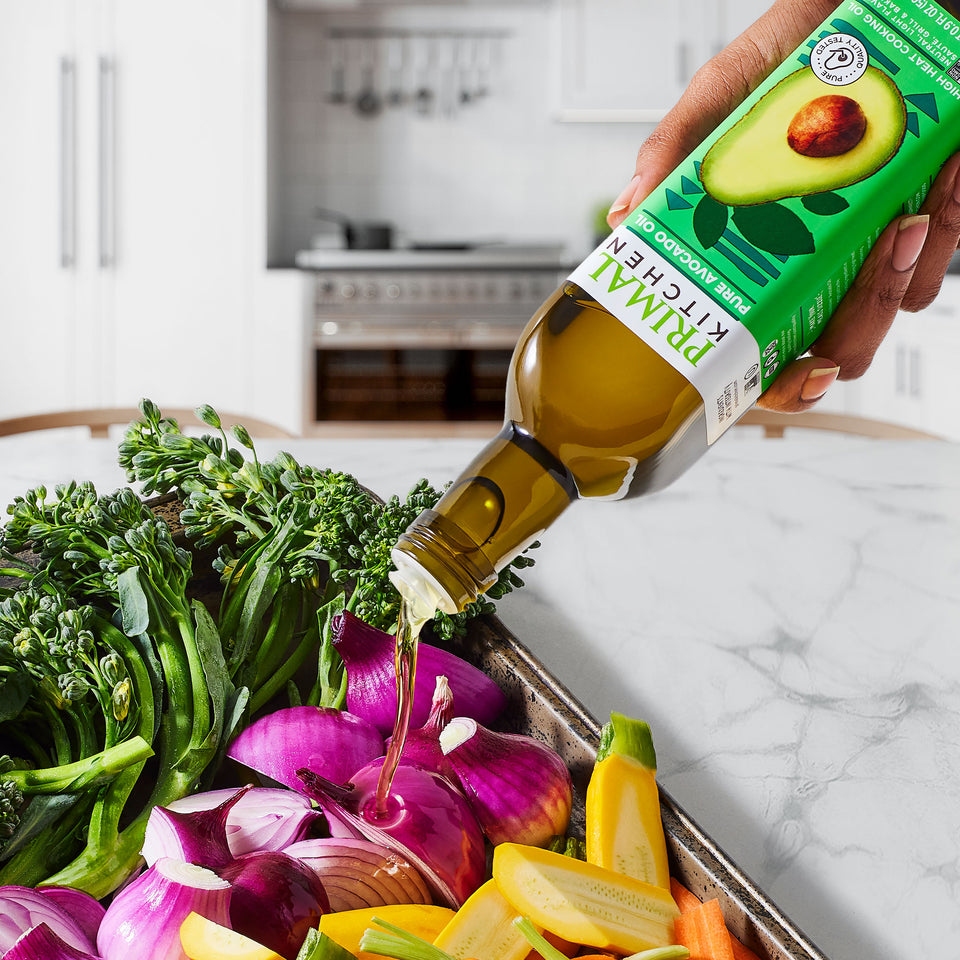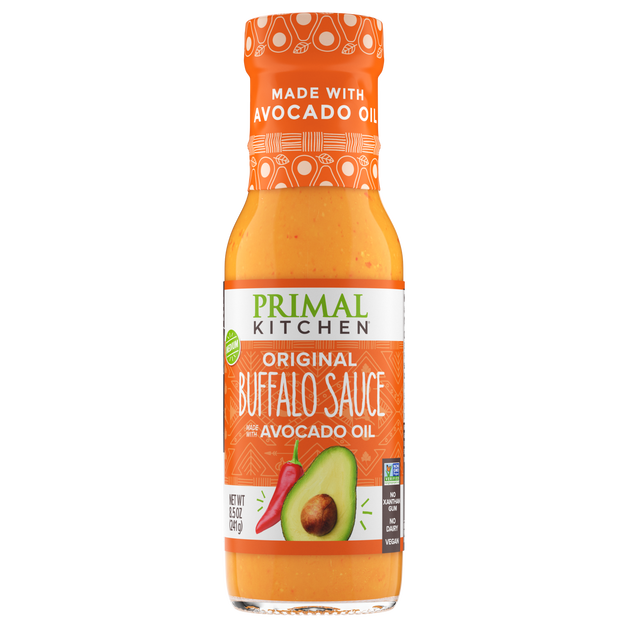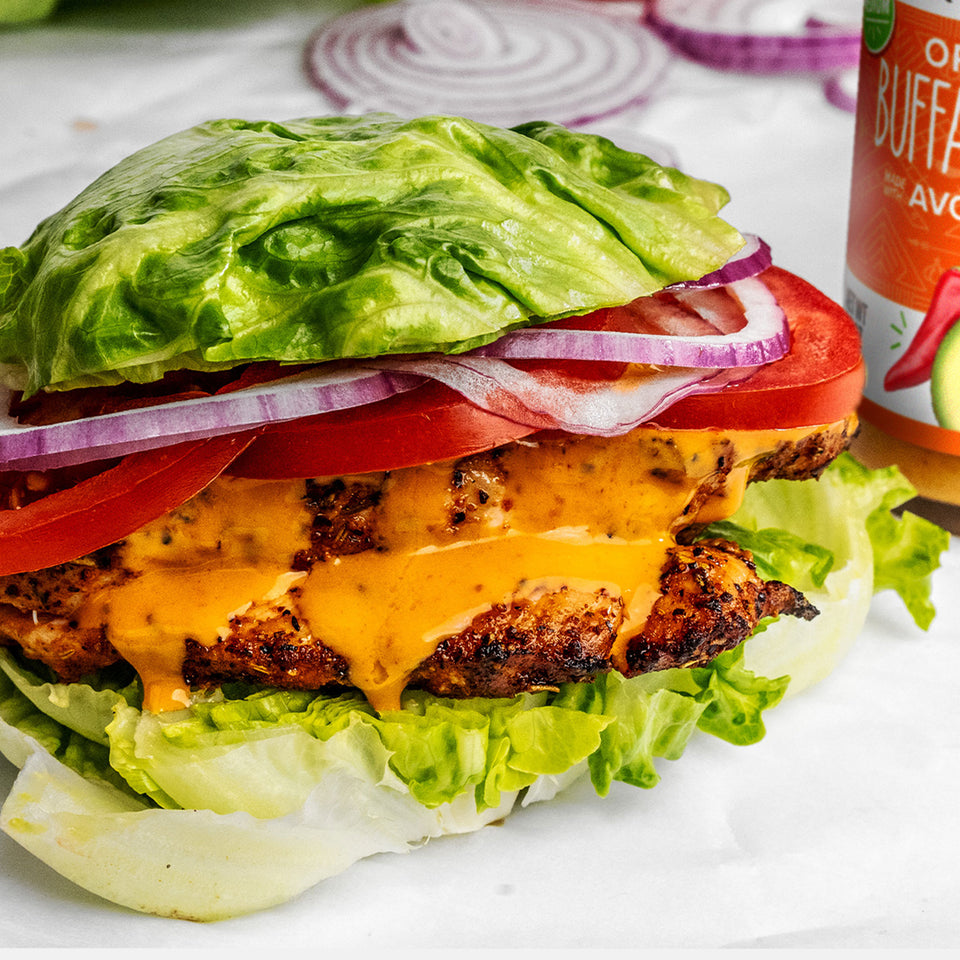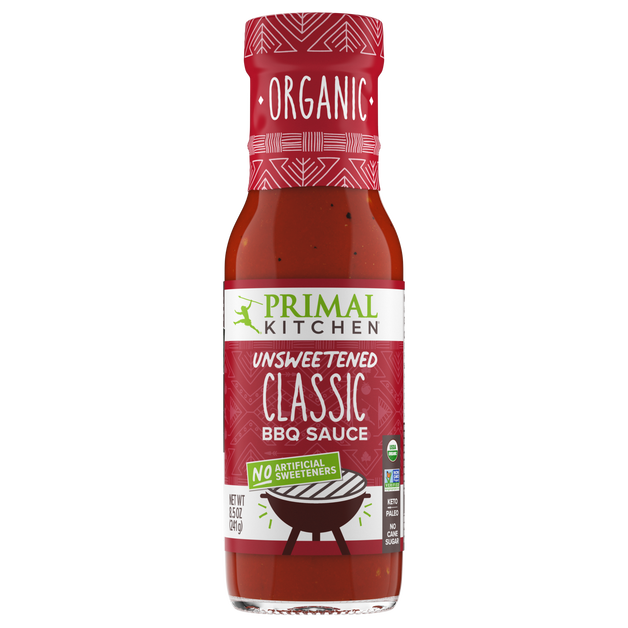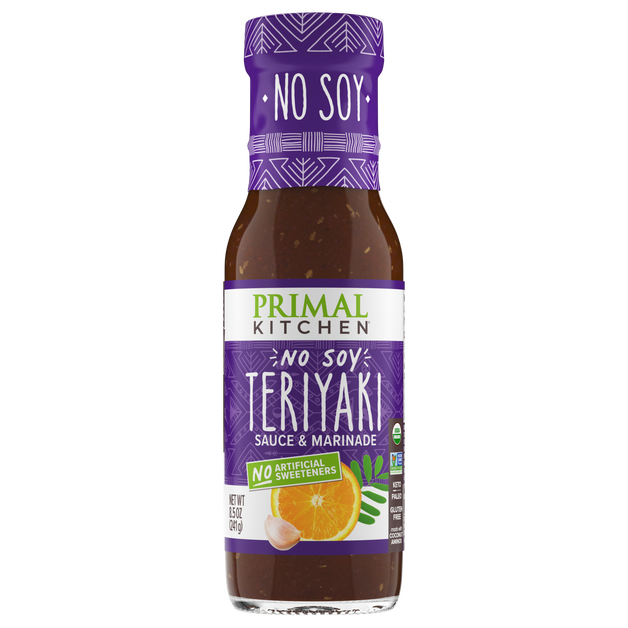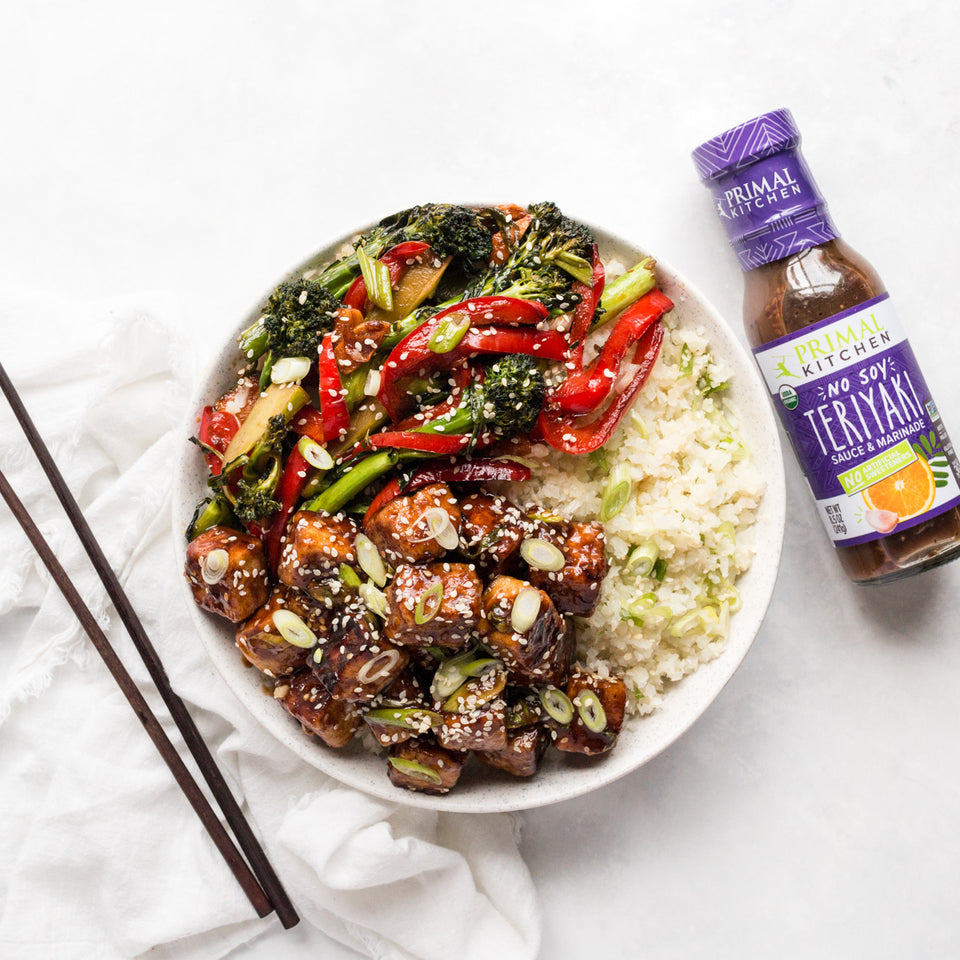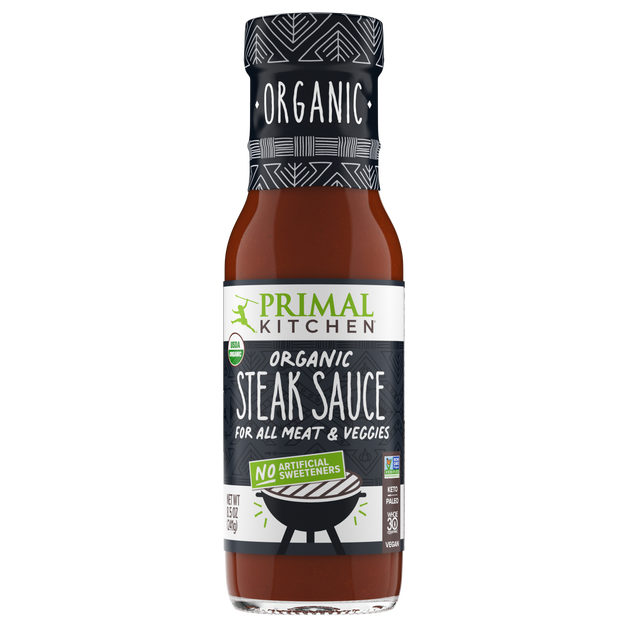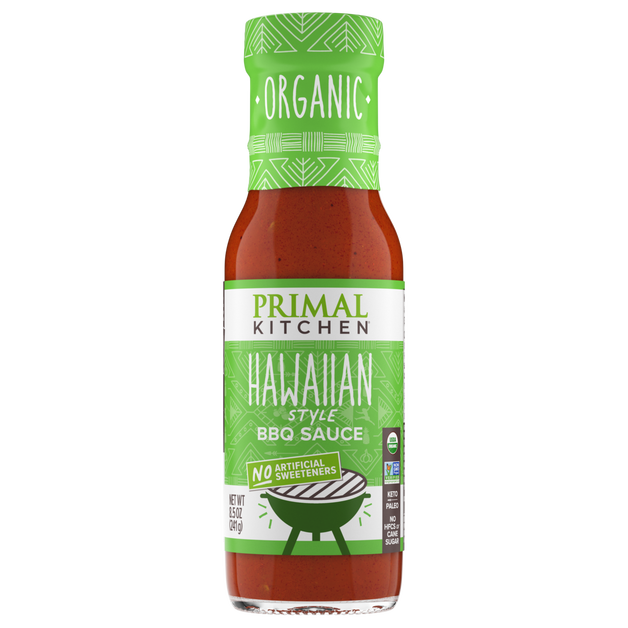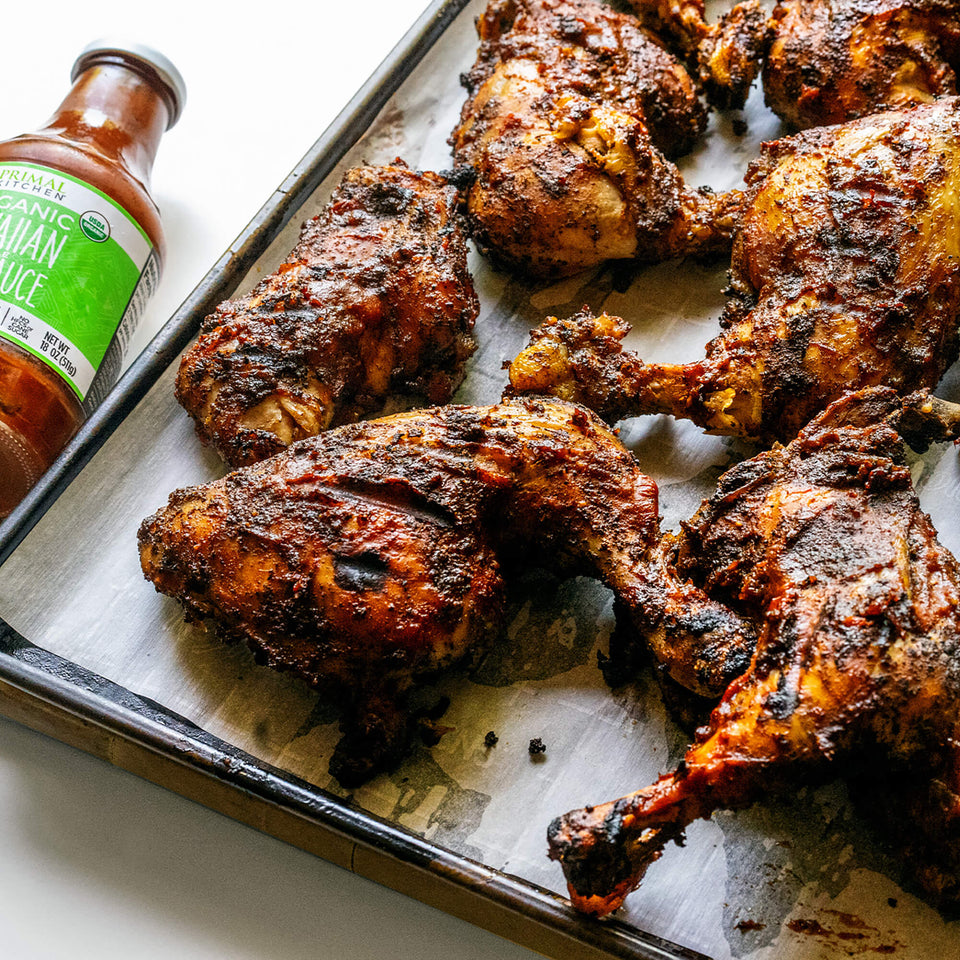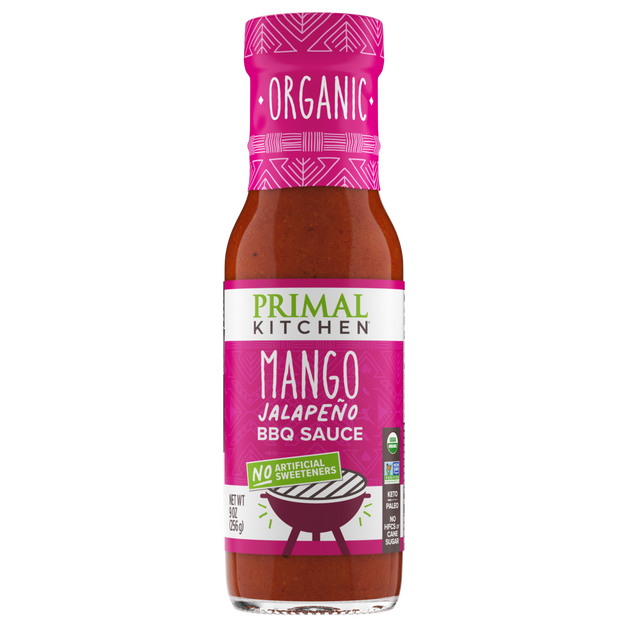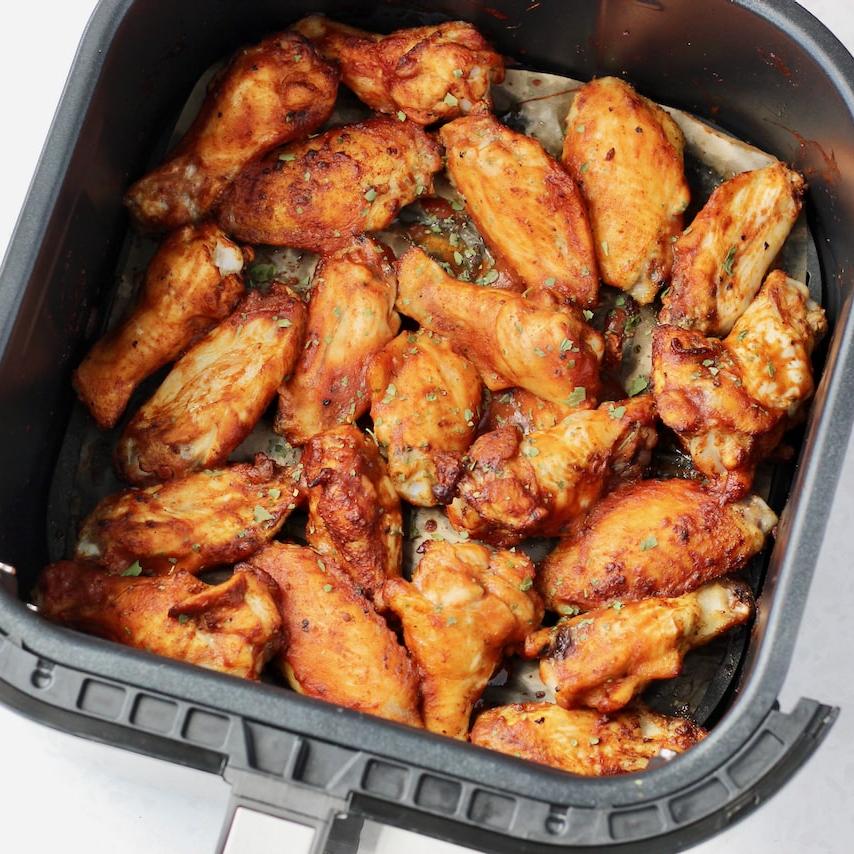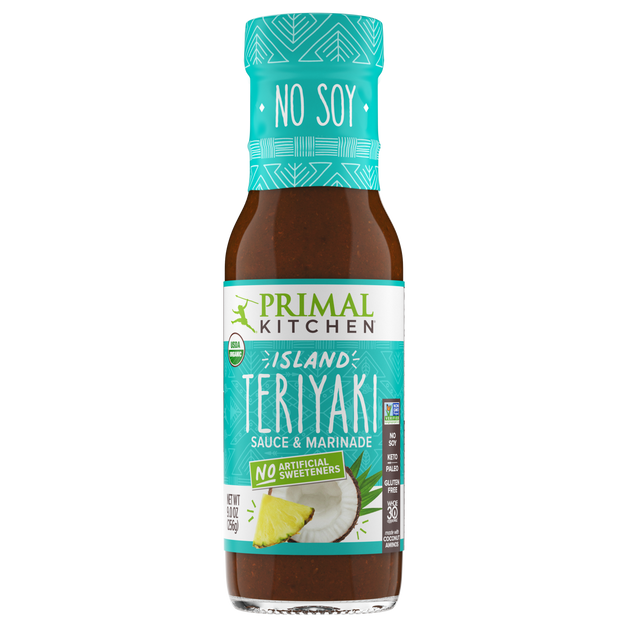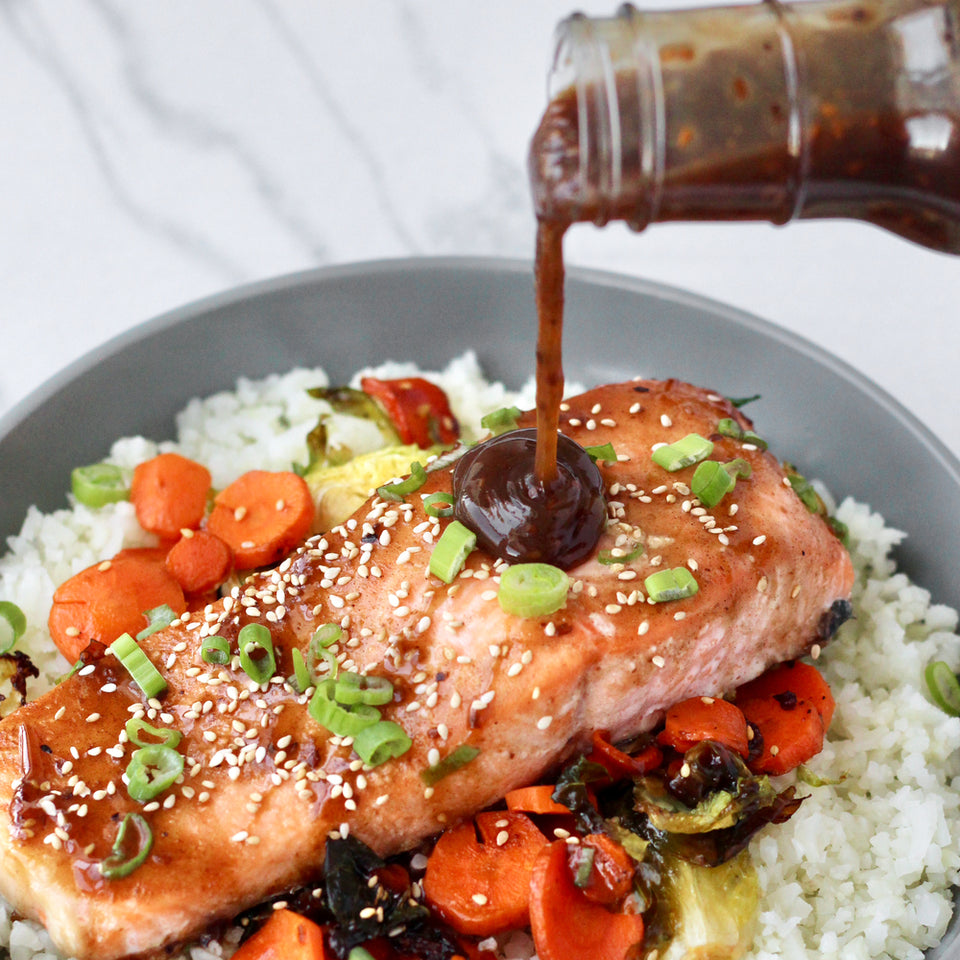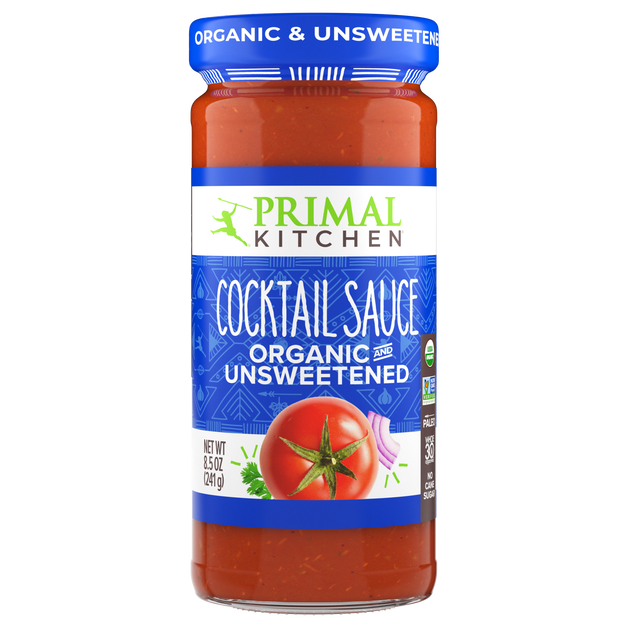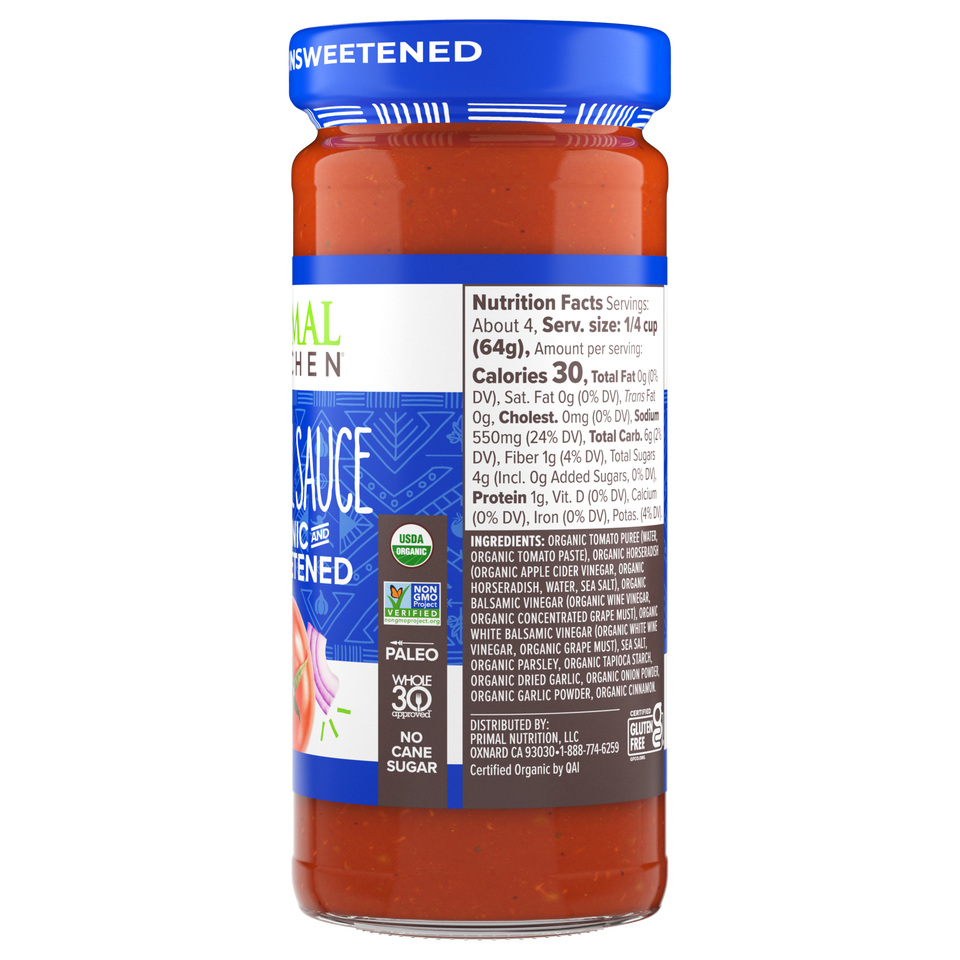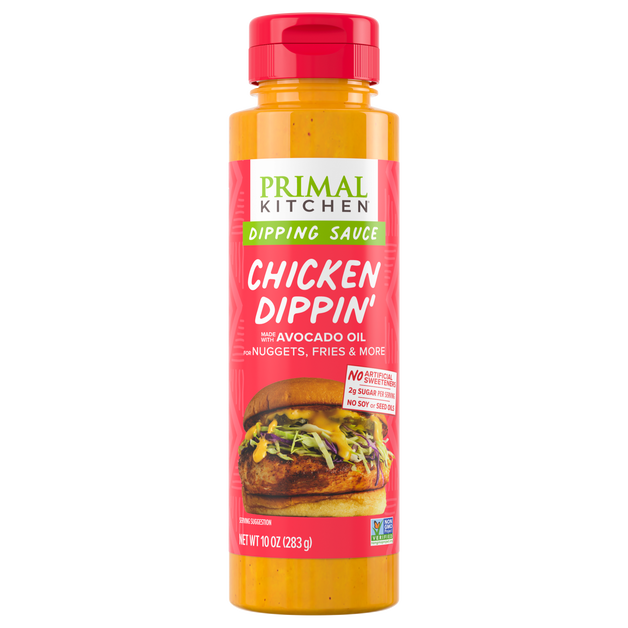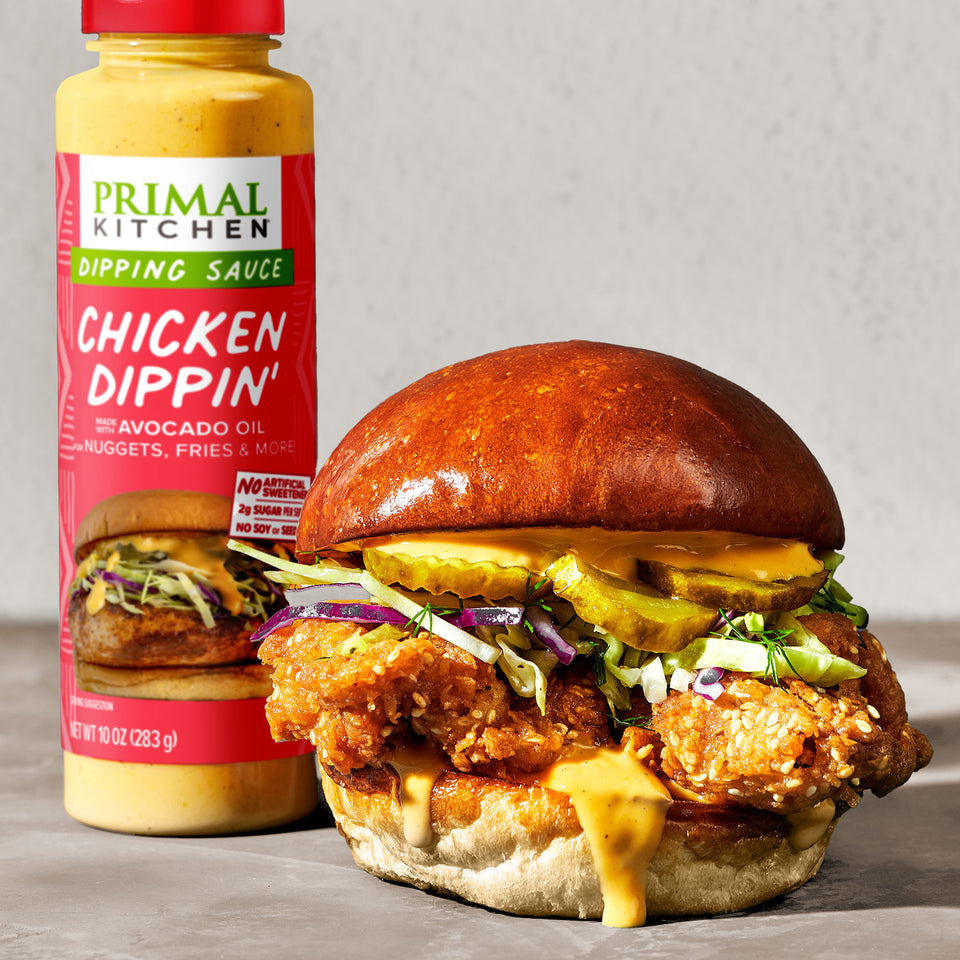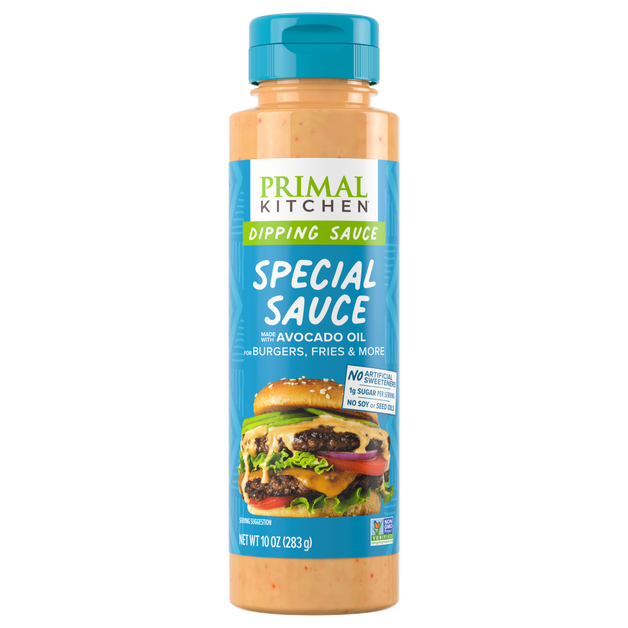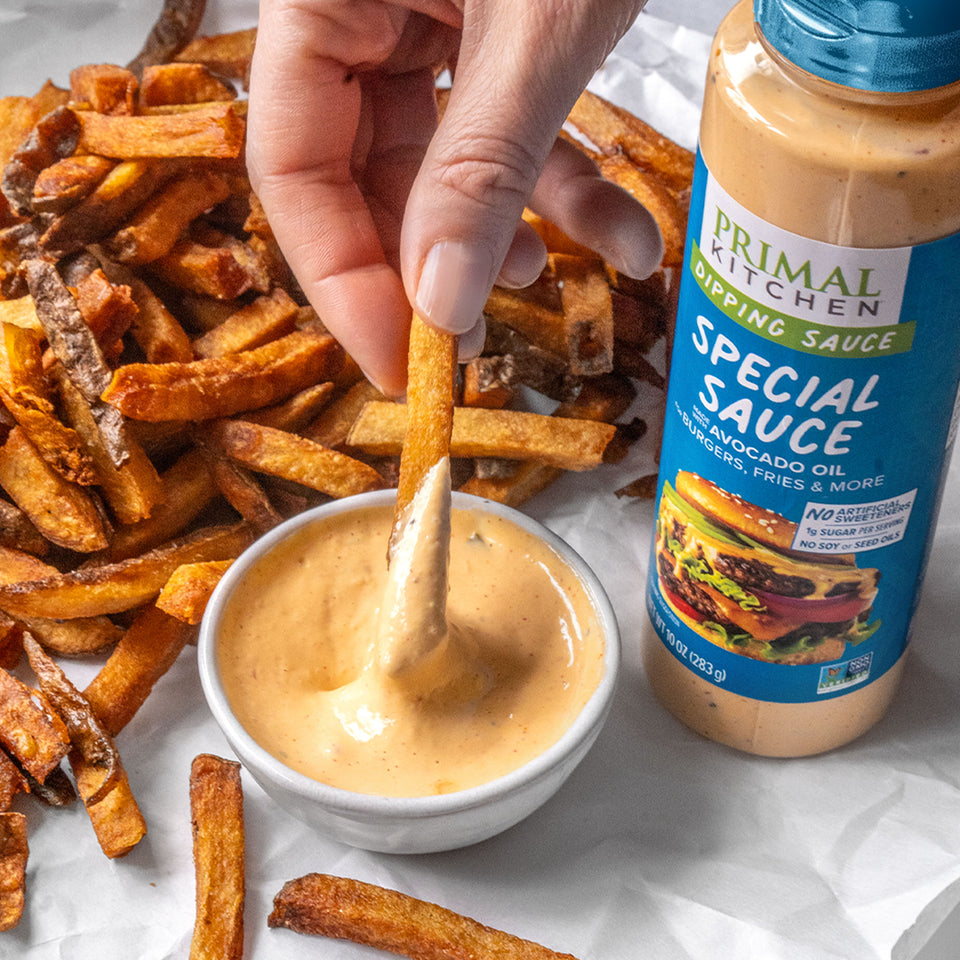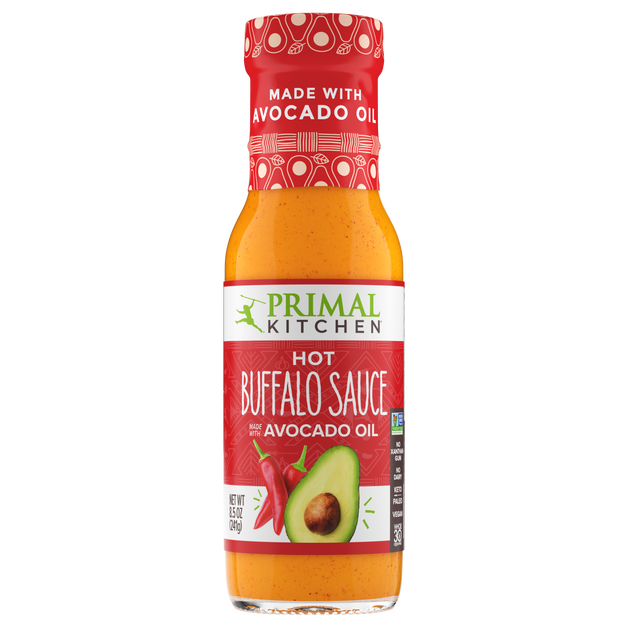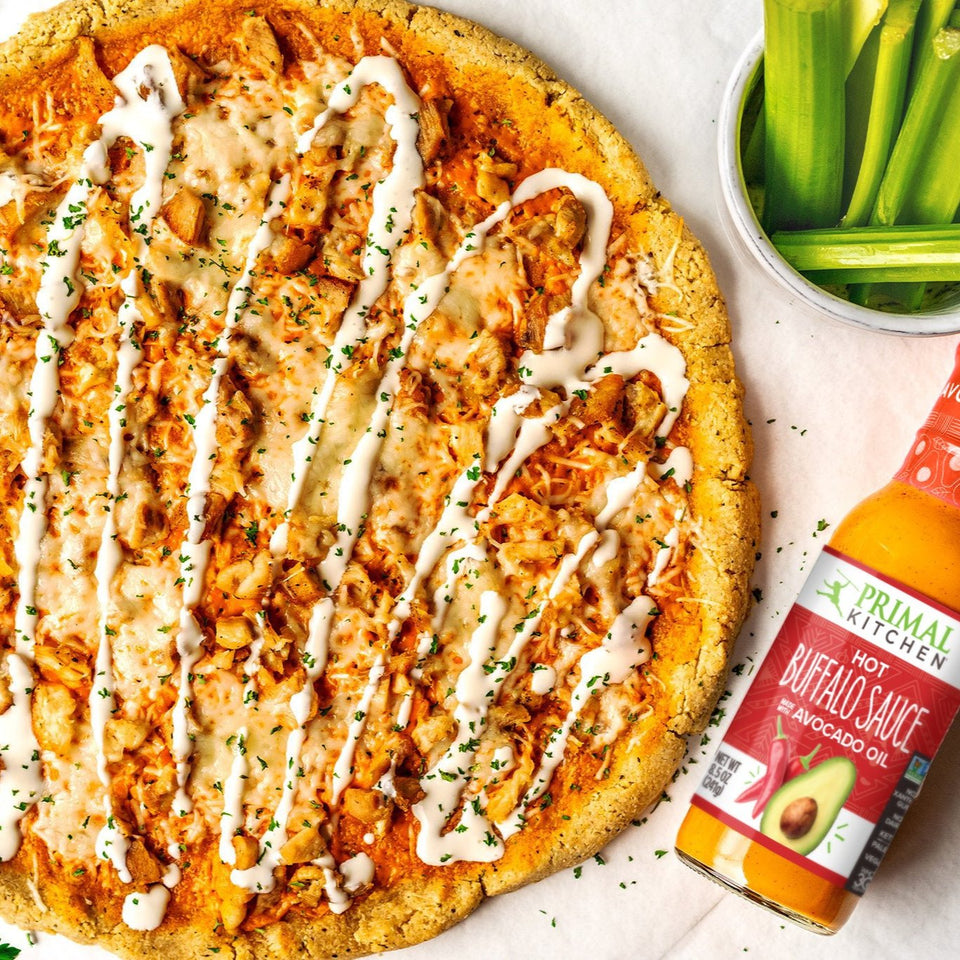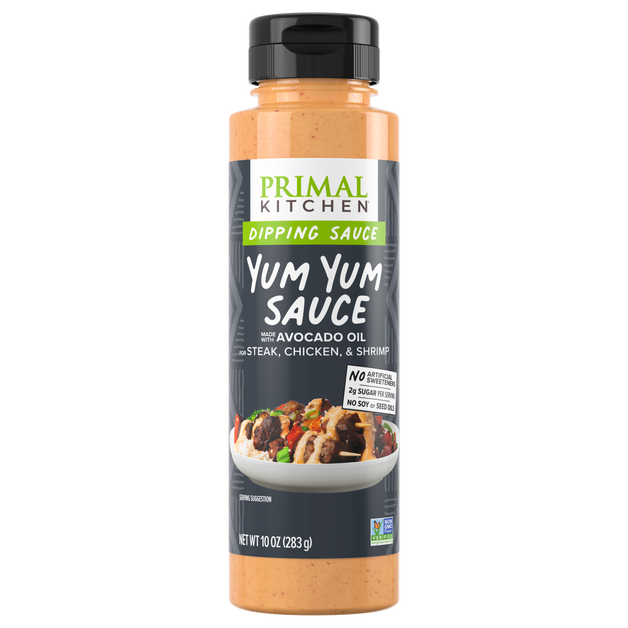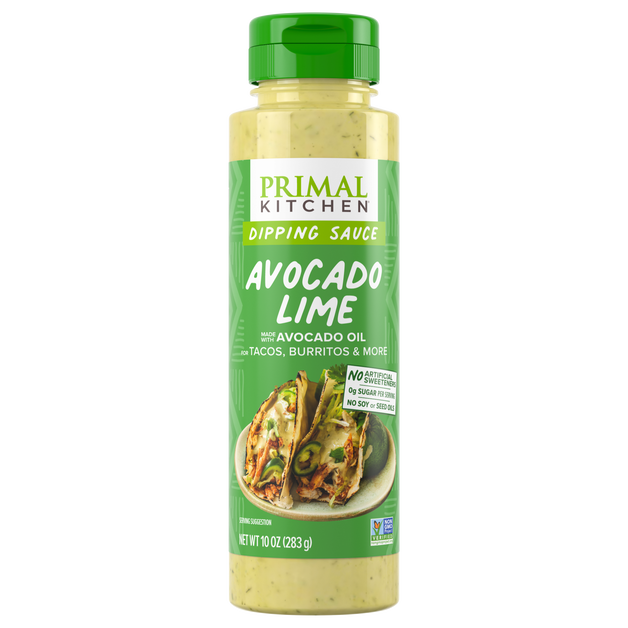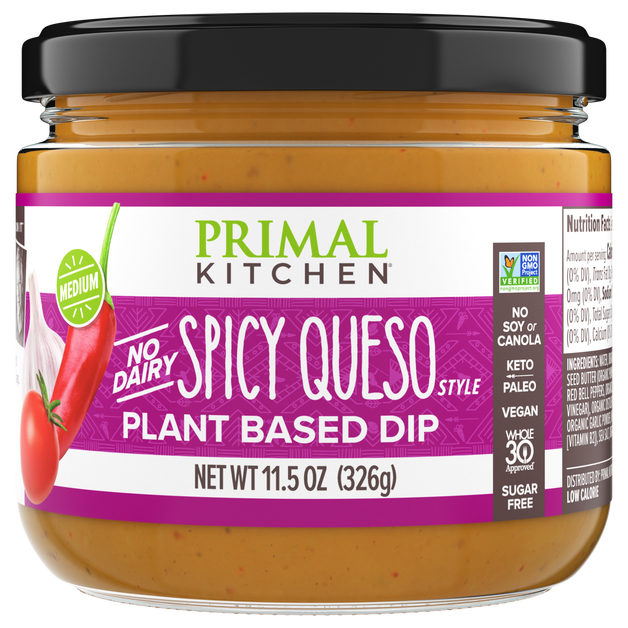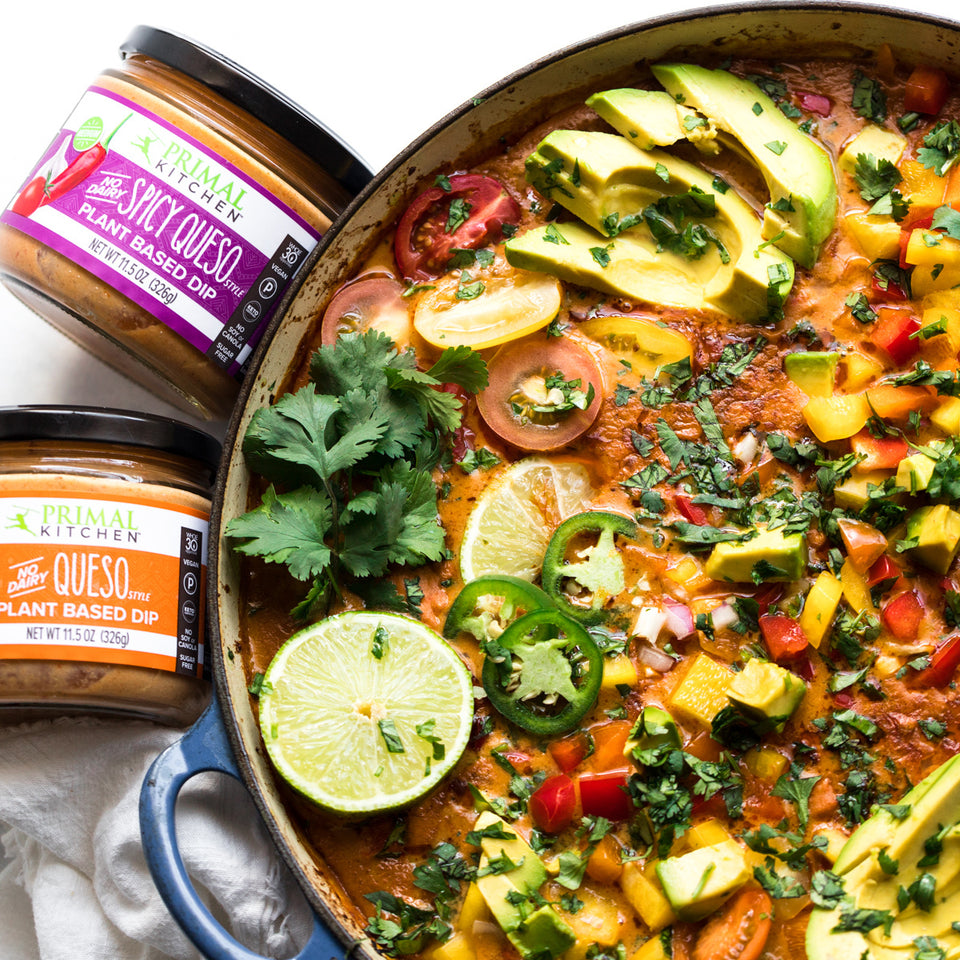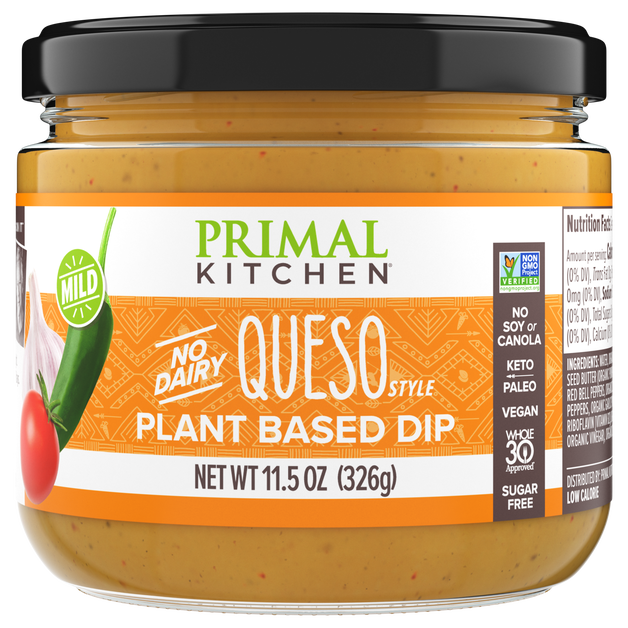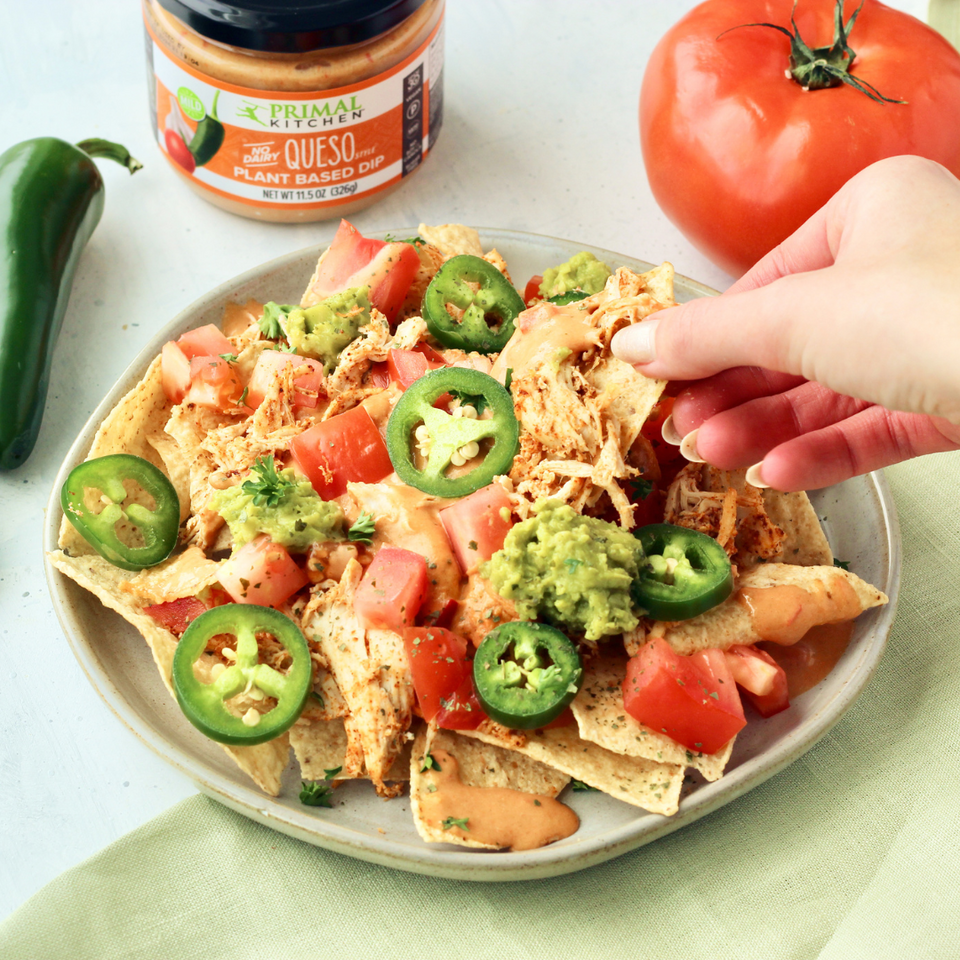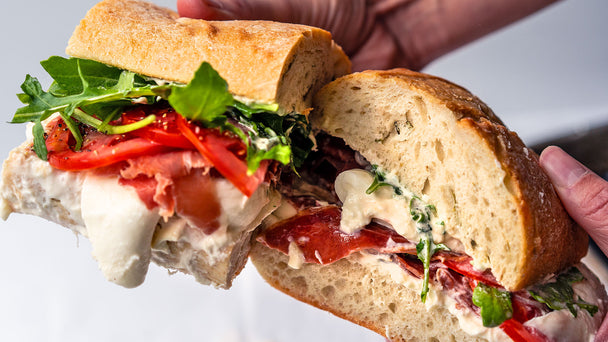A real food diet doesn’t need to break the bank. Stock your kitchen shelves while sparing your wallet with these simple tips for eating real food on a budget. Whether you’re a full-time paleo, on a keto reset, considering Whole30, a sometimes-vegan, or a real-food fan, finding your favorite pantry and fridge staples is easier than you might think.
If you’ve ever flirted with a food membership or subscription plan, we’ve also broken down the pros and cons to make finding the right fit for your budget and lifestyle foolproof and easy. Save your pennies and enjoy real food by reading on!

What is considered real food?
Generally speaking, real food refers to food without artificial ingredients or chemical additives. Sometimes referred to as “whole foods,” these products and foods are simply made with minimally added ingredients. This might refer to Whole30, Primal, or paleo ways of eating, or just incorporating high-quality, real ingredients into meals.

How to Eat Real Food on a Budget
- Buy in Bulk, if you can. Buy your most-used items in bulk to stay stocked on the cheap. Go for items you can freeze, dehydrate, can, or pickle, or that don’t have a quick expiration date.
- For Fruits and Veg, Go Frozen. Frozen produce (especially fruits and vegetables that aren’t in season) will keep in the freezer until you’re ready to use them and they come with a (generally) lower price tag than fresh. Beware the pre-cut produce! Save major pennies by taking the time to chop and cut at home when buying fresh.
- Skip Meat Once a Week (or More). Meatless Monday can put money back in your pocket. Forgoing filets or skipping steak once or more a week is an easy way to save money. Check out this post on the vegan diet for a chart that breaks down meat-free protein sources. Try subbing in a Roasted Veggie Bowl, veggie pizza, or this gluten-free penne for a meatless meal.
- Sign Up for Sales. It may seem obvious, but an extra search for on-sale faves can save serious cash. Sign up to get email notifications for special deals, giveaways, BOGOs, and more from your go-to brands to stay in the loop and save. Start today by signing up for the Primal Kitchen email list to get exclusive savings at least once a week!
- Go Ground. Buy ground meat instead of prime cuts for a simple swap-in for Carniflex folks who eat meat for most meals. Check out this video with easy, delicious ground beef recipes for carnivores (omnivores will love these, too!)
- Recreate the Rotisserie or Be Your Own Deli. Save on cold cuts by buying the whole bird. Cook, slice, dice, and enjoy all from home. Try our recipe for easy, juicy Thanksgiving turkey year-round or make this simple Mayo Roast Chicken recipe.
- Use Your Leftovers. Don’t throw away or compost your veggie scraps and animal bones… make your own broth! Save them in an airtight container or freezer bag until you have enough to make a batch of bone broth. Try this Beef Bone Broth or this Chicken Bone Broth Four Ways.

- Know Thy Shelf. Keep a log of your most-used items and be mindful of space while buying to reduce spoiling or food waste. Consider the visibility within your shelves and fridge: if items are pushed to the back or hard to see, you may end up buying more than you need or not eating what you’re buying before it goes bad.
- Make a Game Plan. Grocery stores can feel more like casinos: loud music, bright lights, and a plethora of tempting splurge-worthy items placed in opportune areas. If you’re shopping in person, go prepared with a list and stick to it. Apps like Out of Milk make it easy for household members to add their items from their phones so you can update your list during the week. Steer clear of pre-packed produce, individually packaged snacks or trail mixes, and bottled juices and drinks. These items seem cost-effective in the store but are less enticing when you see them on your receipt. Planning a big pantry overhaul? Check out our pantry DIY makeover post to find helpful swaps and a printable real food pantry shopping list.
- Rethink Convenience Foods. Some items, like mayo, are worth the extra couple of bucks to buy a ready-made version made with high-quality ingredients. In some cases, you swap convenience for time; if you have the time to make your own mayo each week, go for it. If you don’t, spend a little more to get a product you’ll use and enjoy often and cut costs in other areas.
- Meal Prep. Meal prep and pre-planning slims down your shopping list and can reduce food waste and over-buying. Who doesn’t need extra time and money each week? Keep scrolling for sample real foods on a budget meal plan.

Subscription Services
In recent years, adding the cost of meal prep and delivery services to your monthly budget has become increasingly popular. Prepping and cooking all your meals at home can be time-consuming, and the added convenience of these programs can be a game-changer for some. When measuring the cost of your time against your actual budget, consider your needs and the various factors of signing up for delivery service with this handy chart.
| Food Subscription Service | Delivery Meal Prep Service | Delivery Meal Service | |
|---|---|---|---|
| Description | This service will send you a variety of goods like you’d find at a grocery store based on their monthly selection. | You’ll be sent ingredients and instructions for meals you can select ahead of time. | Pre-prepped meals or meal replacements are sent to your doorstep for you to heat up or blend. |
| Average Cost | Produce typically costs $20-50 a month, meat averages around $25-$149. | Plans vary based on servings, but the most popular programs average $60-$80 for 2 people/servings for 3 meals a week (about $10-$13 per meal) | Programs vary based on servings, but most average $9-$13 per meal. |
| Pros: | Food is delivered straight to your door, and you can choose some specifics of your order, depending on the service. | Recipe cards and instructions are included and answer the question, “What’s for dinner?” | Other than heating or blending, food is already fully prepared. |
| Cons: | Food is delivered sight unseen, meaning the cut of meat or specific vegetable you receive may not suit your preferences. | Serving sizes are pre-determined. Variety may be limited to the month’s offerings. You’ll still be shopping for the other dinners throughout the week, which limits variety. Food waste is more likely, as the ingredients may not be to your taste. | Serving sizes are pre-determined, variety is limited, and a microwave is likely required for most meals. Food waste is likely, as you may not like or enjoy all ingredients or flavors used. |
If you’re considering signing up for a store membership with a monthly or annual cost, calculate your actual food costs per month to decide if it’s a save––or a secret spend depending on your buying habits.

Real Food on a Budget Meal Plan
Shopping for a specific diet? These budget meal plans include a recipe for breakfast, lunch, and dinner, and are made with budget-friendly swaps: think cheap and cheerful produce, similar ingredient lists, and bulk buys that go a long way.
Vegan Budget Meal Plan
Breakfast:This tasty and kicky breakfast burrito is made with bulk-buy friendly potatoes that’ll double up in the dinner recipe.
Vegan Breakfast Burritos with Spicy Mayo
Lunch:
Dinner:
A bag of potatoes makes for cheap eats and lots of leftovers. With 8 servings, this casserole will work double duty for lunch the next day (and maybe even the next!)
Vegan Scalloped Potatoes with Roasted Broccoli with Cheese

Carniflex Budget Meal Plan
Breakfast:Adjust your toppings to fit your shopping list for the week, and bring the Buffalo heat to breakfast and lunch!
Lunch:

Dinner:
For these ribs, buy in bulk and freeze whatever goes unused after prep. In a pinch, you’ve got ribs ready to go!
Gluten-Free Budget Meal Plan
Breakfast:Pre-prep this meal early in the week for a week-long breakfast.
Gluten-Free Mini Pancake Cereal
Lunch:Canned salmon is a less expensive option compared to wild or even frozen wild salmon.
Keto Salmon Burgers with Tartar Sauce
Dinner:Even if a recipe calls for grass-fed beef, if that’s not in your budget, ground beef is a lower-cost swap-in.
No-Dairy Pasta with Meat Sauce

Primal Budget Meal Plan
Breakfast:With a few simple ingredients, these tasty waffles come together fast. Buy a whole butternut squash to make breakfast and lunch!
Lunch:
Dinner:
Keto Budget Meal Plan
Breakfast:A meal-prep casserole lasts all week long for a heat-and-eat breakfast.
Lunch:Store your dressing on the side and enjoy the leftovers of this family-sized Keto Cobb for lunch all week long.

Dinner:
With frozen meatballs and a bottle of sauce, this 2-ingredient slow cooker dinner is easy and budget-friendly.
2-Ingredient Slow-Cooker Meatballs
Get inspired with a FREE 7-Day Keto Meal Plan, packed with tips for budget-friendly recipe prep. Sign up here today!
